Performed by: Bao Trung - Du Nguyen | February 28, 2024
(Fatherland) - Lung Tam linen weaving village in the rocky plateau is a destination in Ha Giang loved by both domestic and foreign tourists.
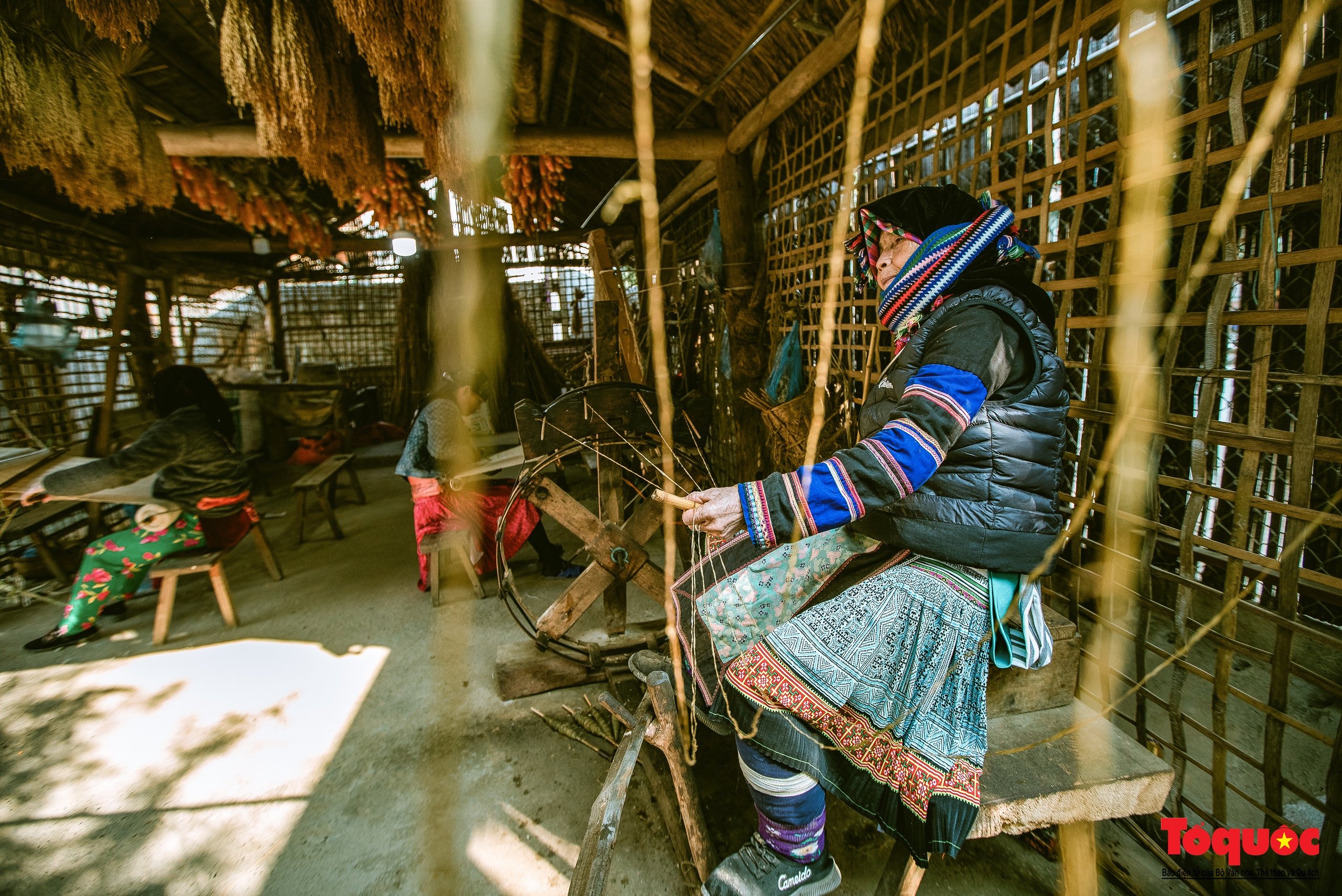
Lung Tam linen brocade weaving village is located in Lung Tam commune, Quan Ba (Ha Giang province). This is the most famous hand-woven village in the Northwest.
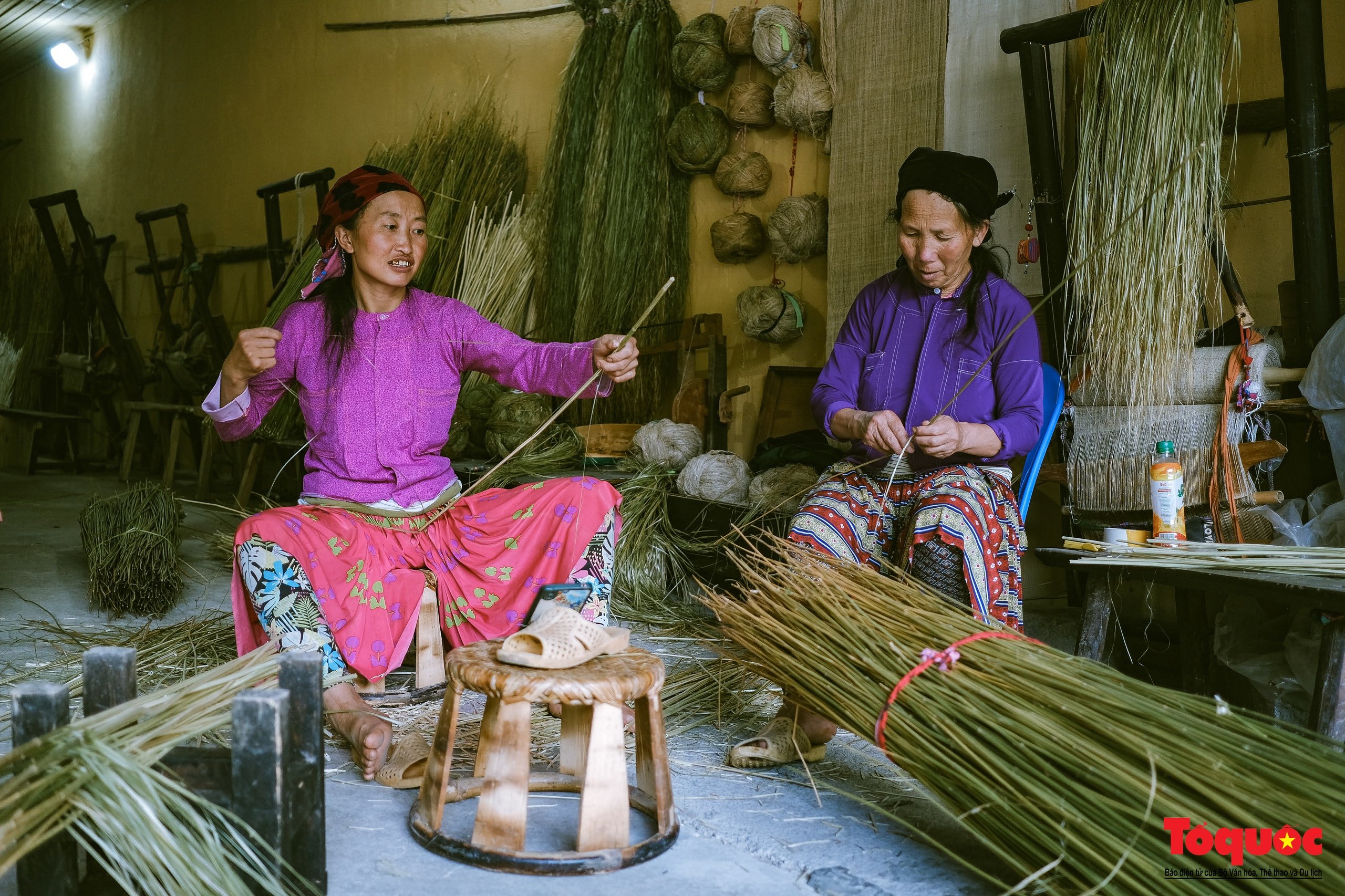
For the Mong people living in the Quan Ba Heaven Gate - Ha Giang, flax is considered a thread connecting to the spiritual world and origin.
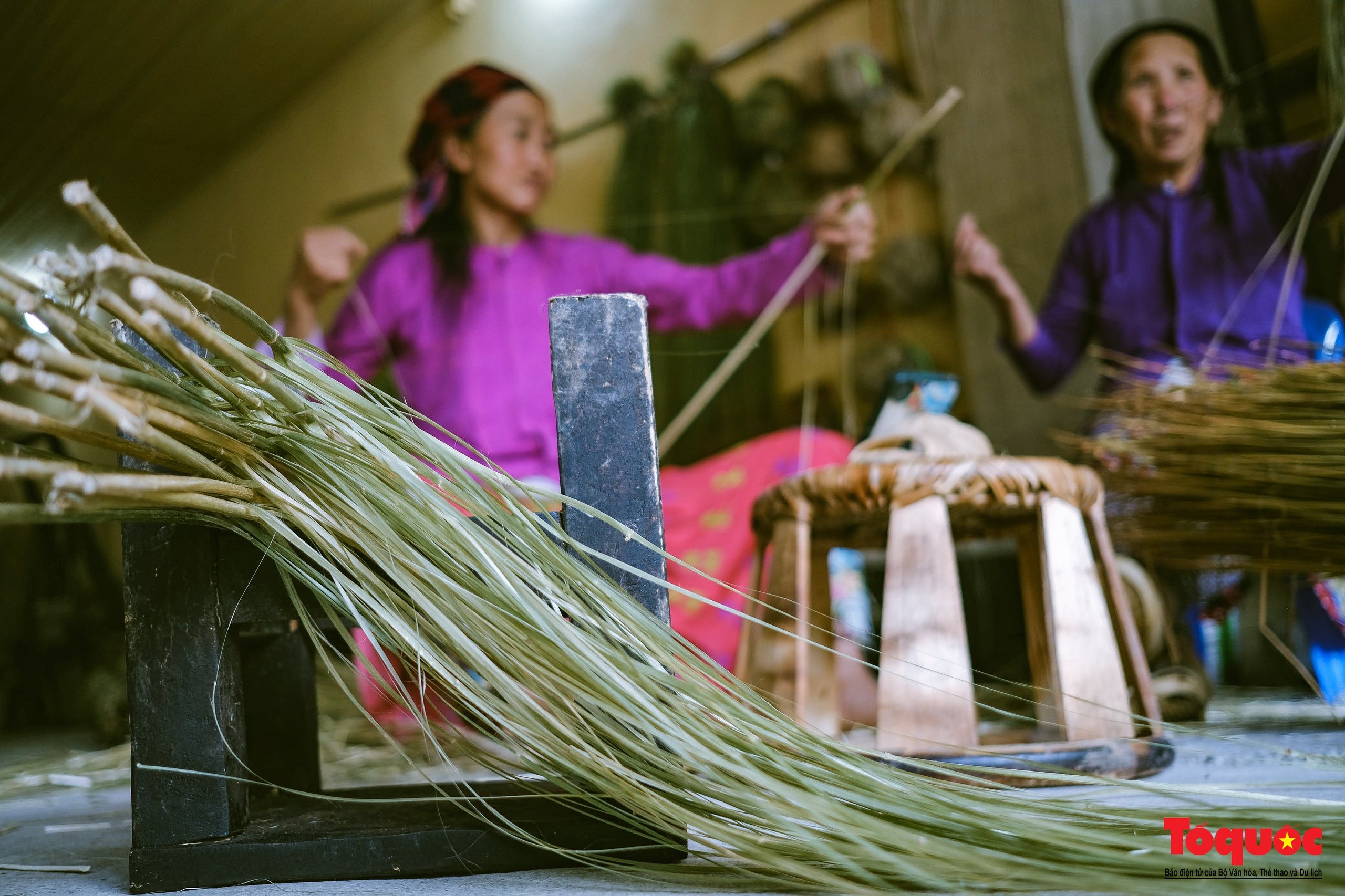
The main raw material for making linen is flax. Artisan Vang Thi Mai said that the process of weaving linen goes through 41 steps, including sowing seeds, harvesting flax, separating fibers, spinning, connecting fibers, spinning, weaving, washing, drying... requiring a lot of time and effort.
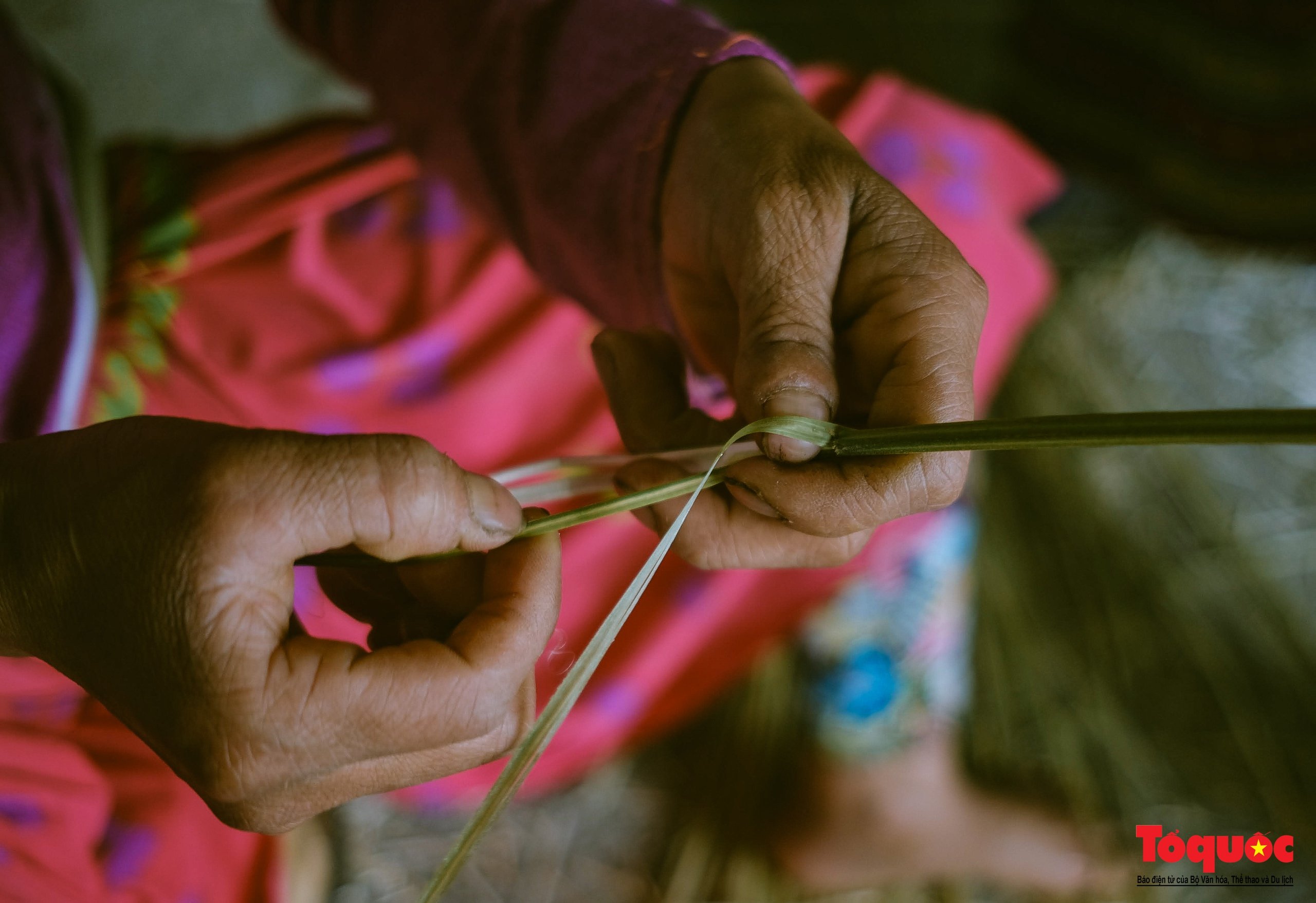
"To have a beautiful piece of fabric, the craftsman must love the job, be persistent and skillful," said Ms. Mai, explaining that the flax fibers must be even right from the separation step so that the woven fabric will be durable and beautiful.
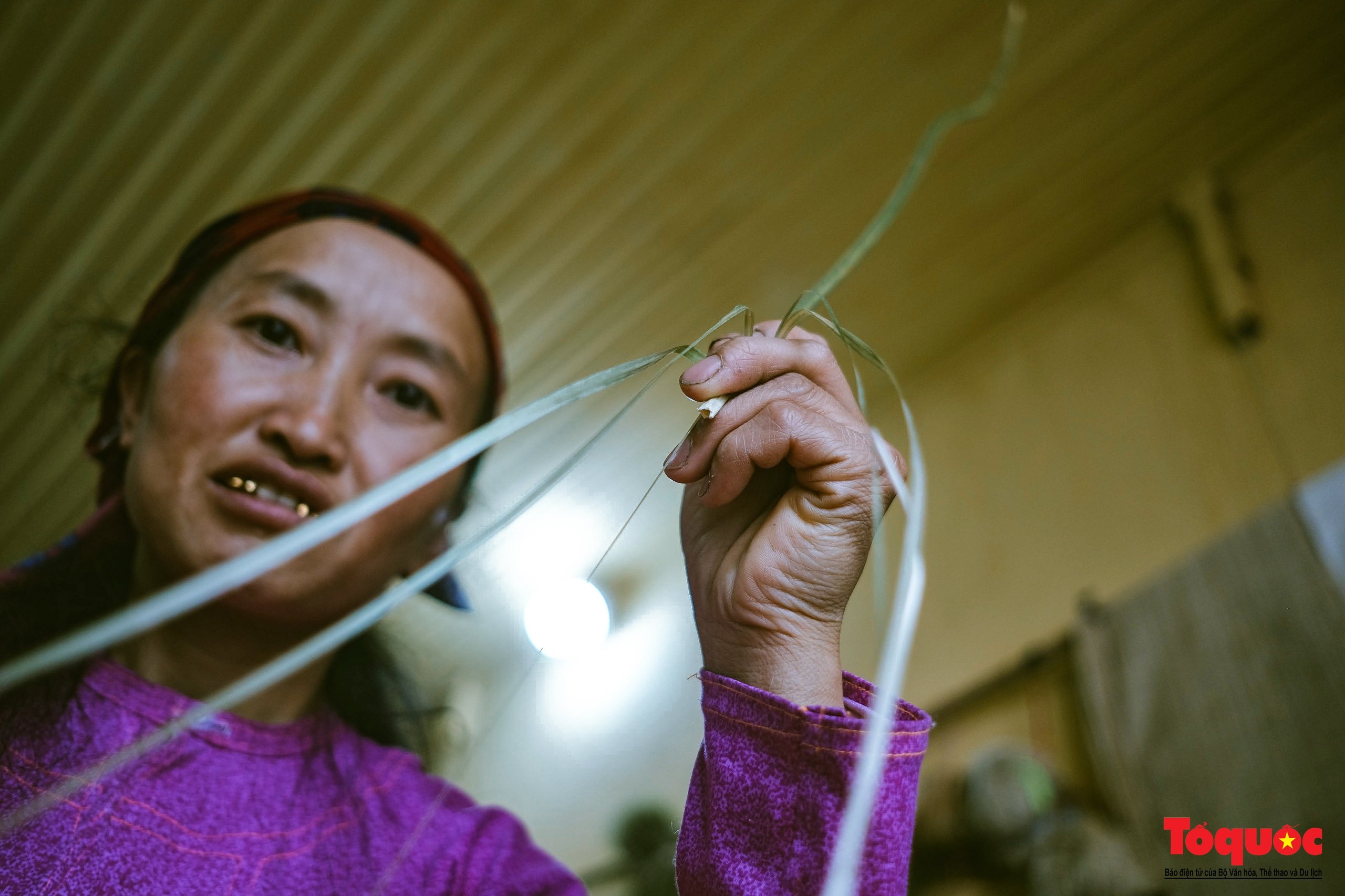
Flax fibers after being peeled are pounded until soft, then joined together to form long fibers.
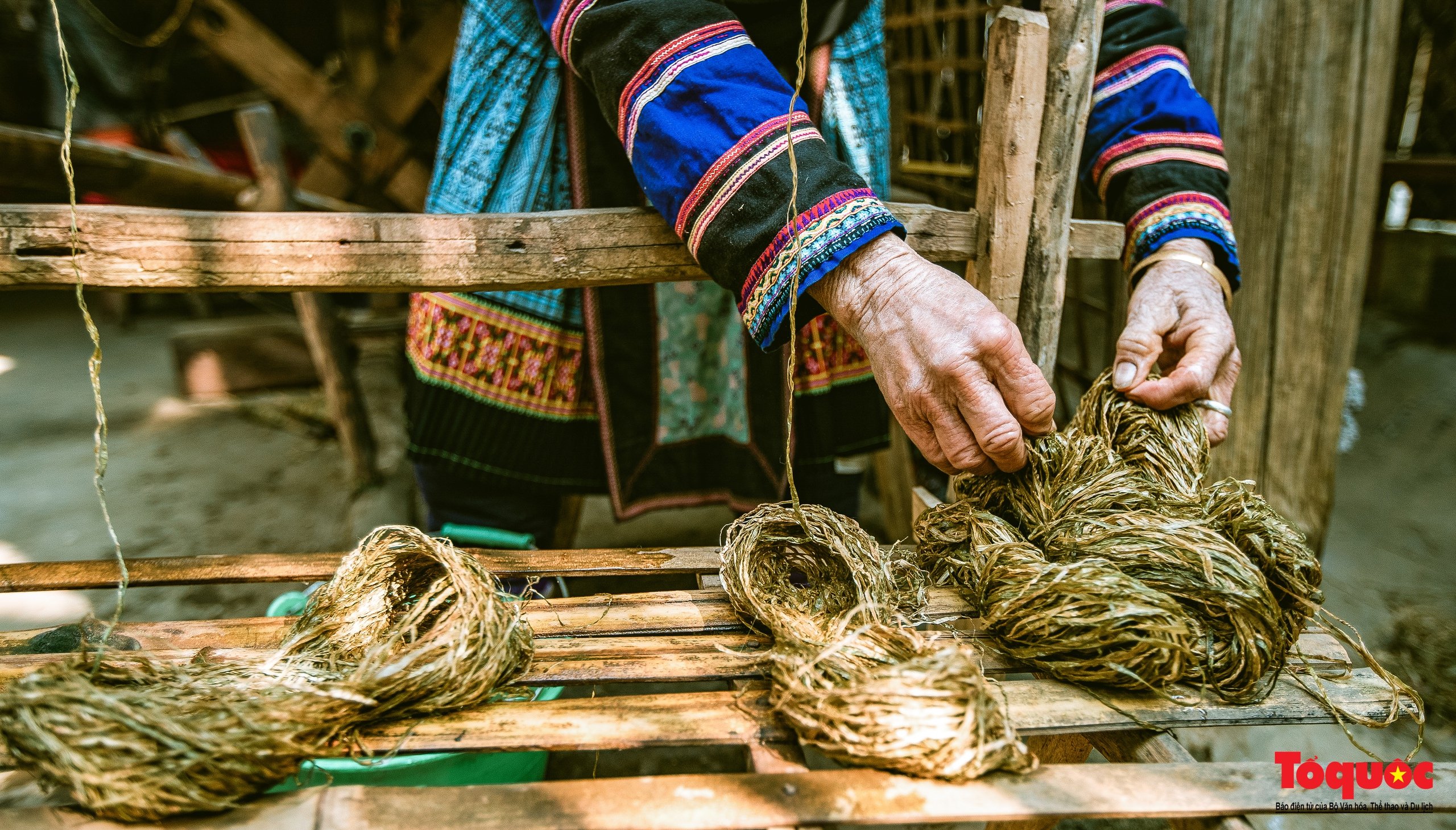
The Mong people in Lung Tam prefer linen to cotton, because they believe that linen is more durable than cotton.
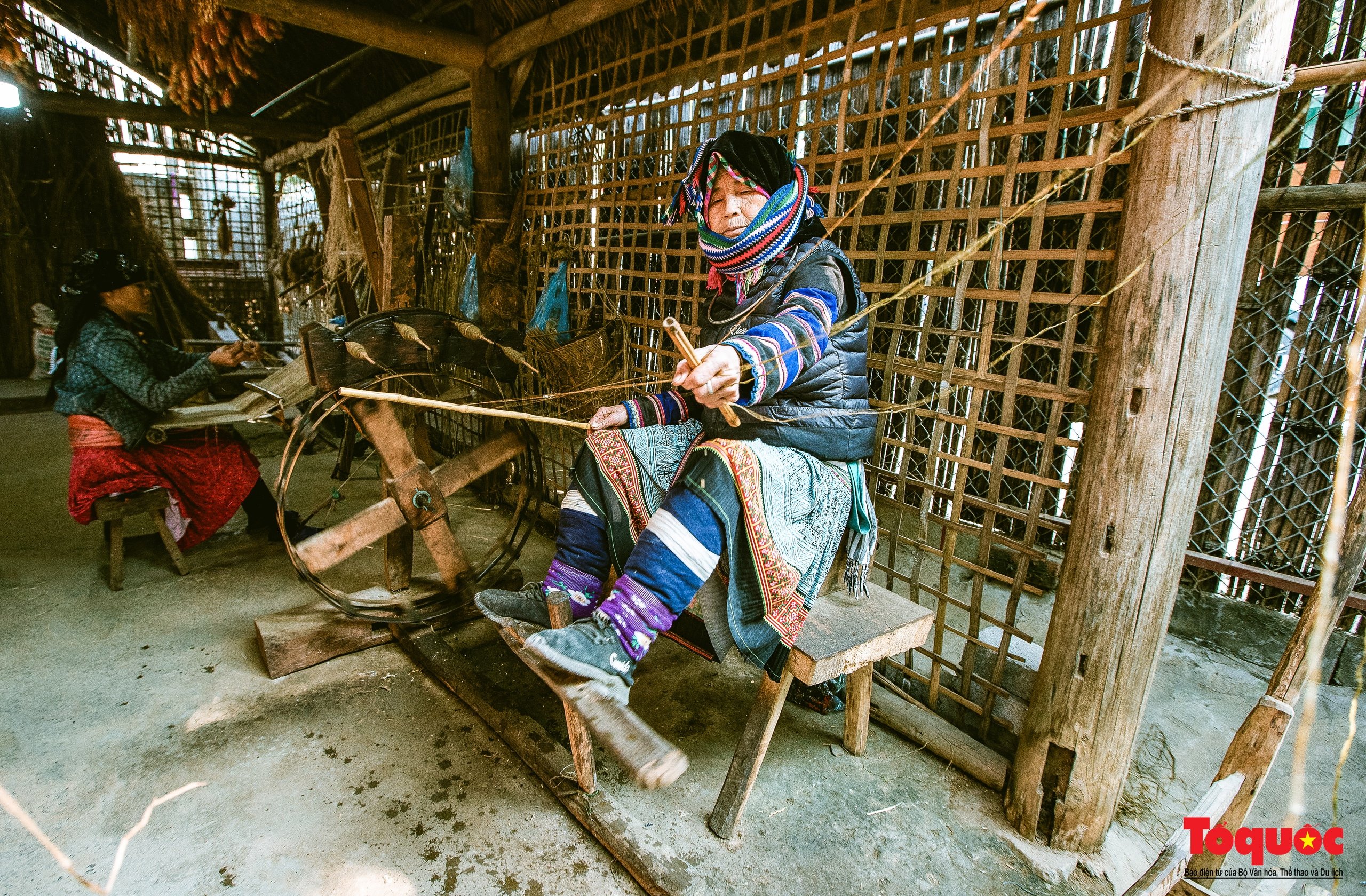
To spin stronger yarn, the Mong people created a tool that combines foot and hand movements, allowing them to spin many flax fibers at once.
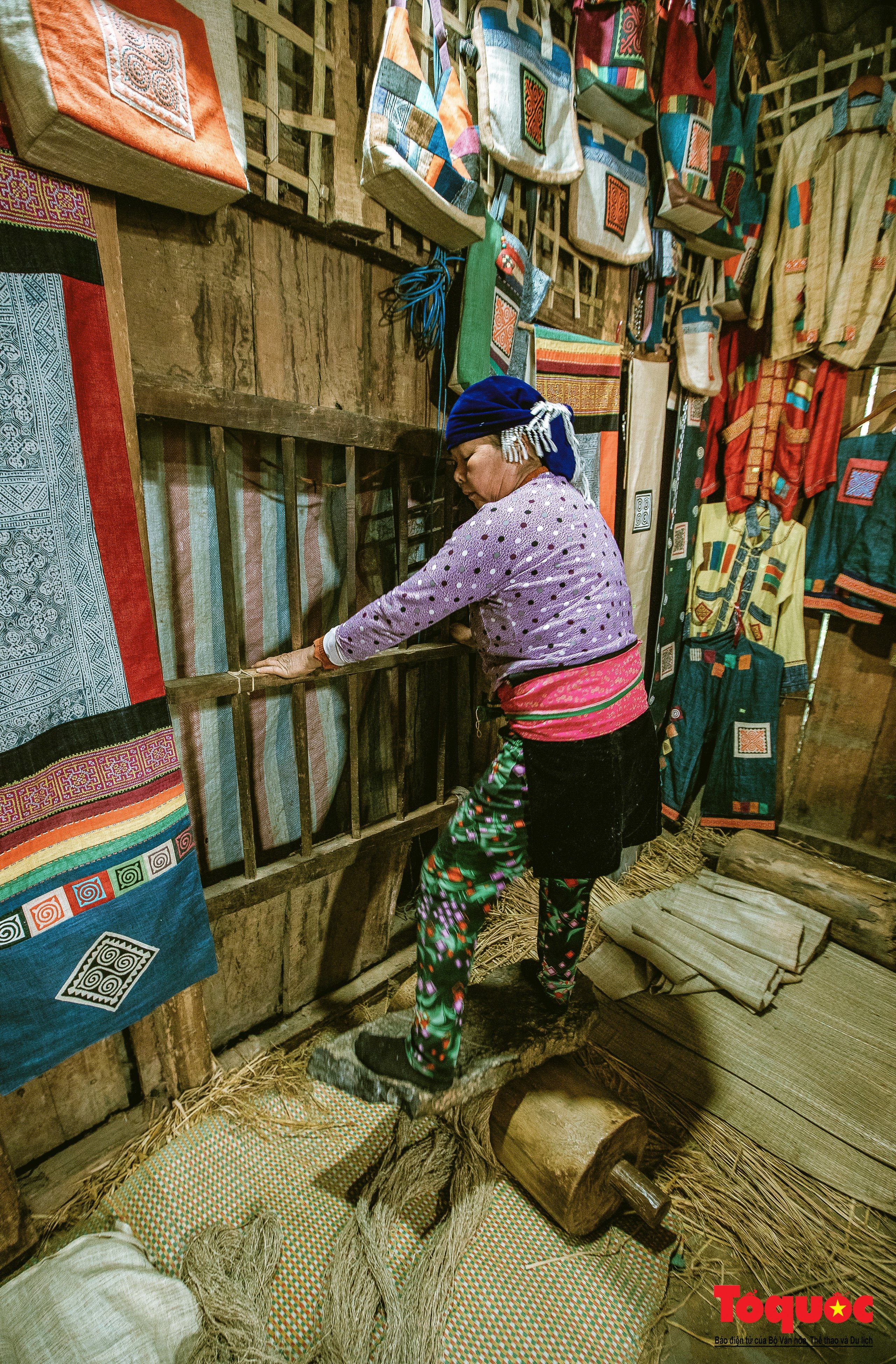
The finished fabric is placed between a stone slab and a wooden pillar. The worker stands on the stone slab and rolls it back and forth until the entire surface of the fabric is flattened, soft and smooth. Then, it is soaked in wood ash for a week to whiten it and then dried.
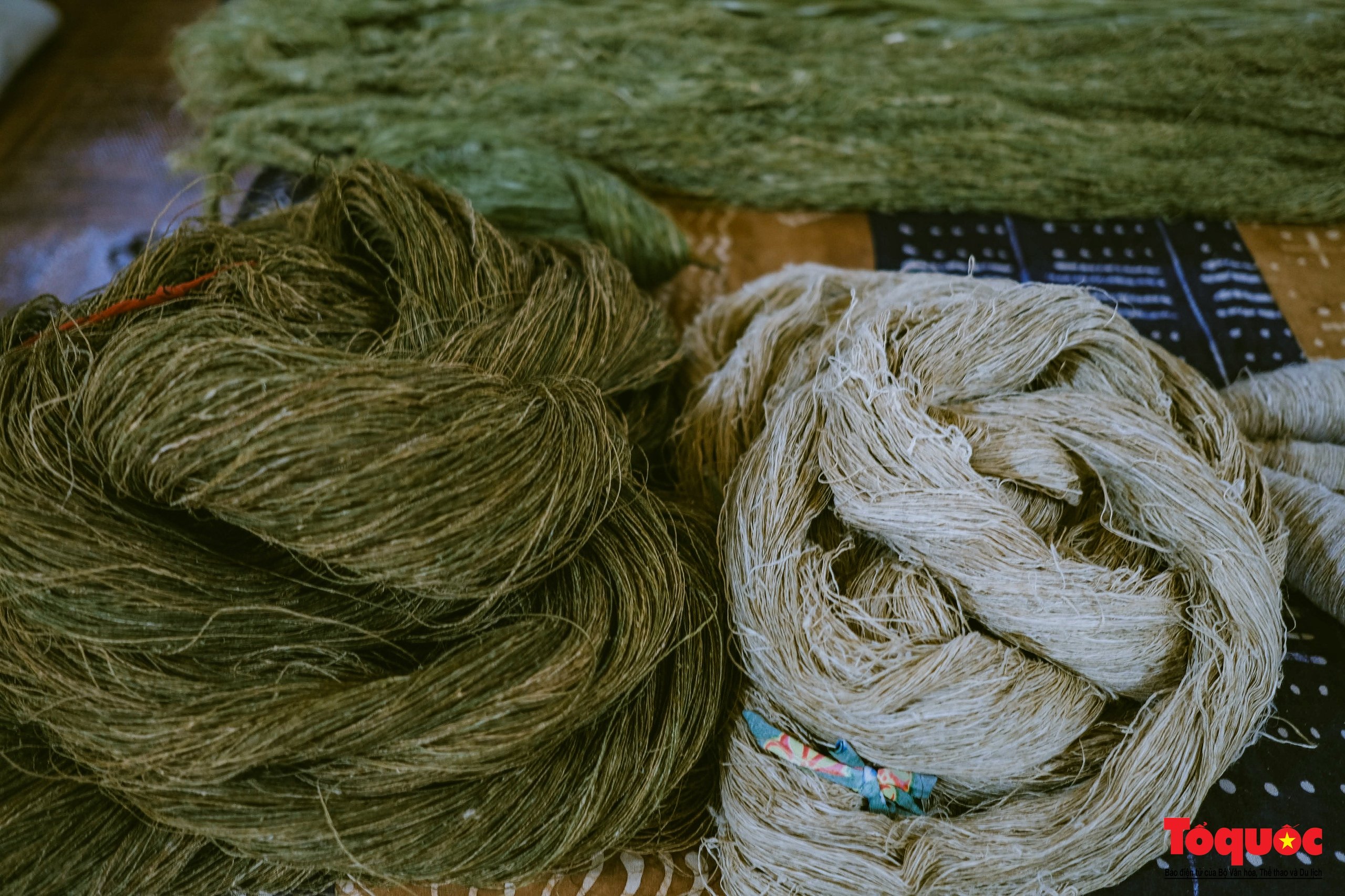
The yarn is then put into a spinning frame to be unwound and bundled, then boiled with wood ash, soaked and washed. This process is repeated until the linen is white, then dried and put into a weaving frame. When the yarn is put into the frame, depending on the width of the fabric, the worker counts the exact number of yarns.
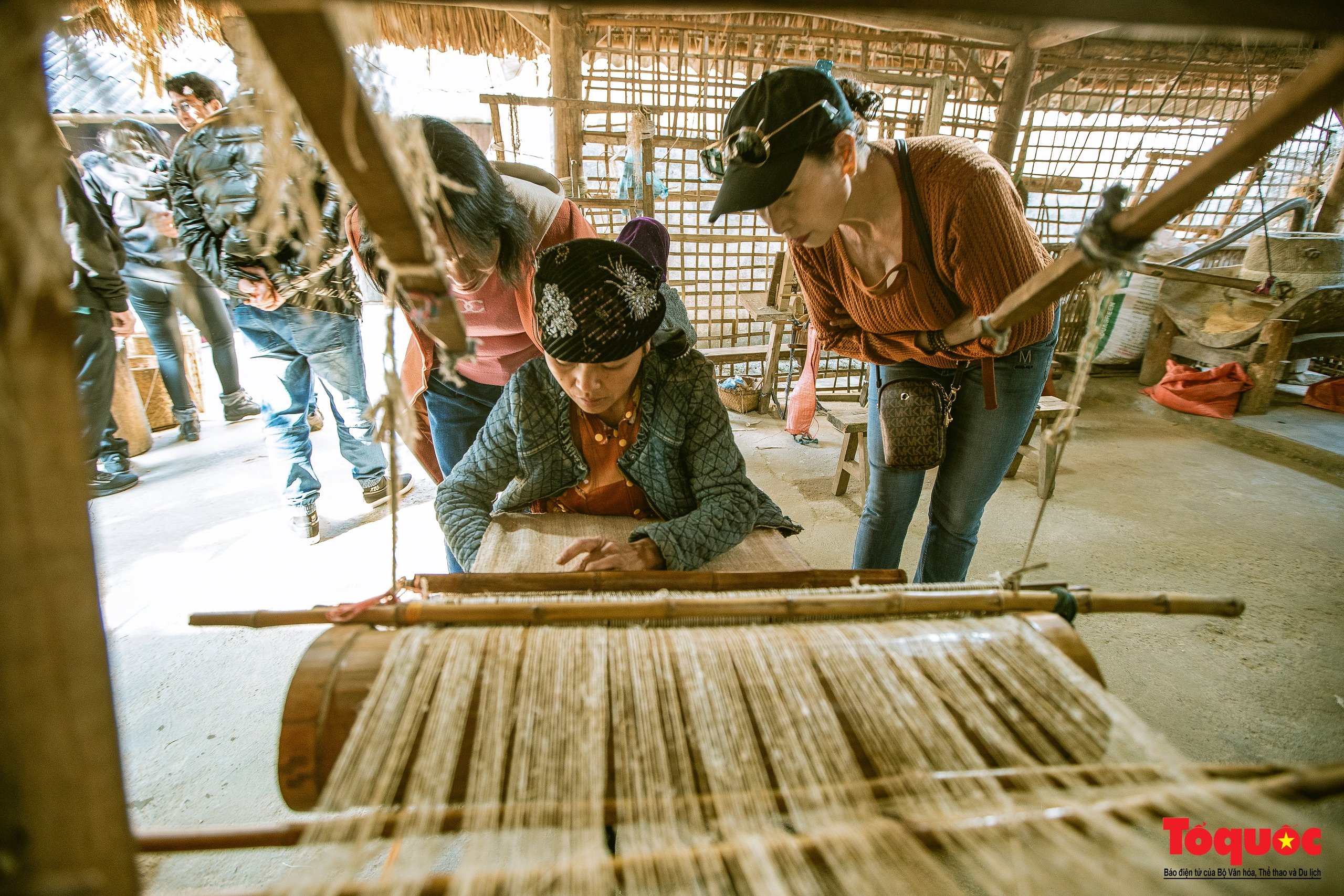
The Mong people still weave cloth by hand using looms. The weaving process is usually undertaken by experienced older artisans who can handle broken or damaged threads.
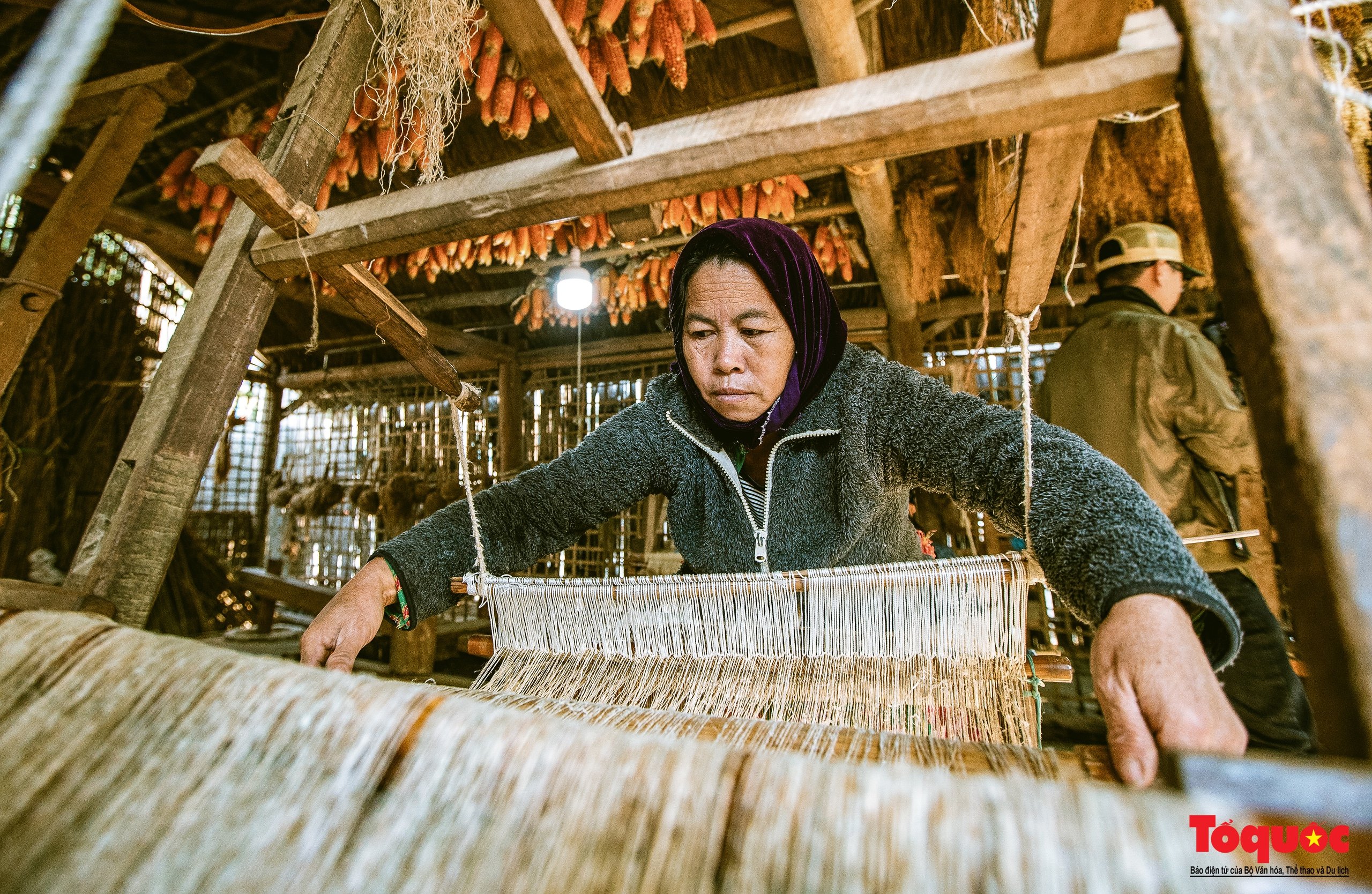
Weaving linen involves many stages, from spinning the yarn to weaving the fabric, all of which require a lot of time and effort.
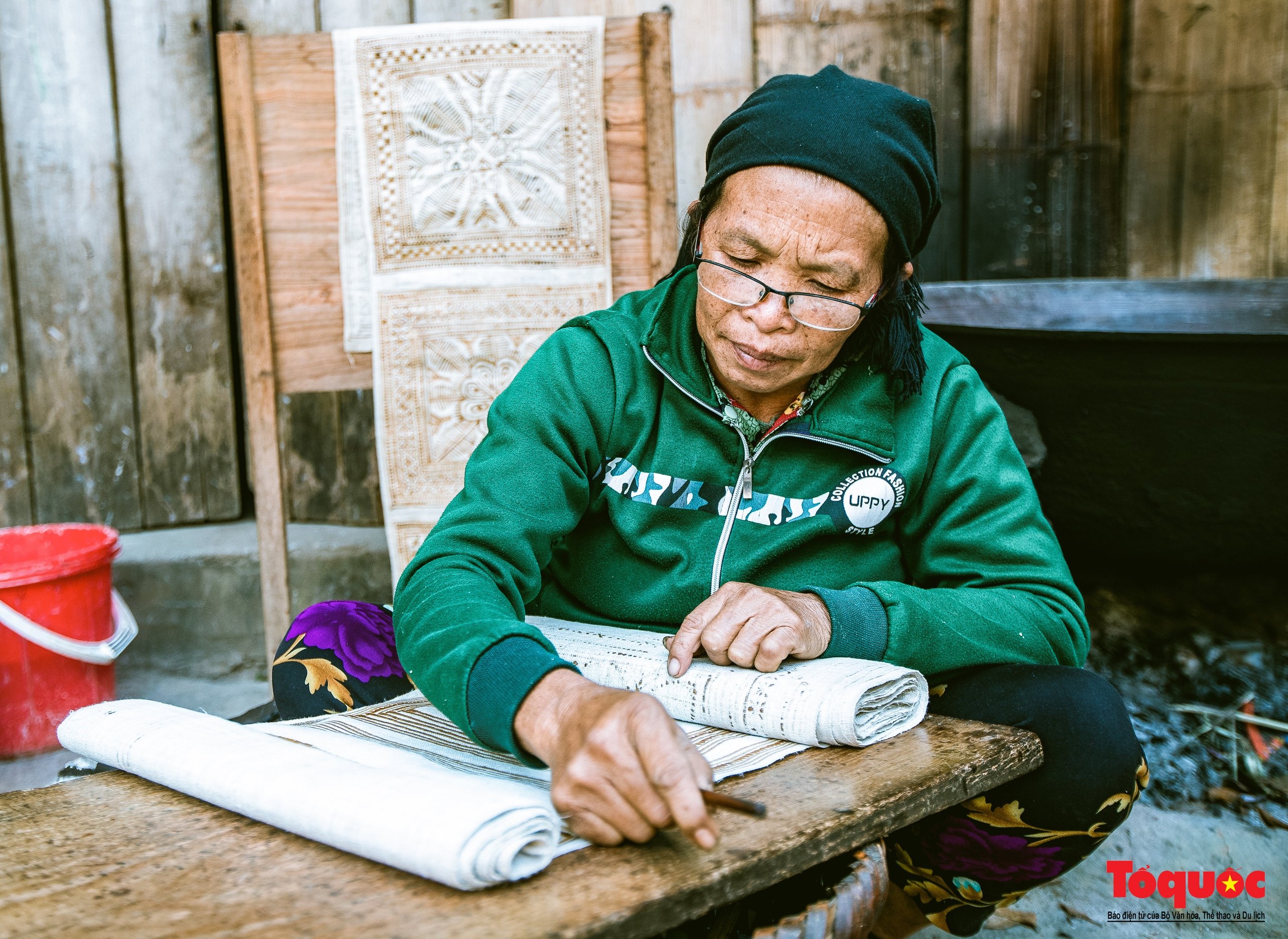
In addition to weaving, Mong women in Lung Tam also have beeswax painting and indigo dyeing techniques.
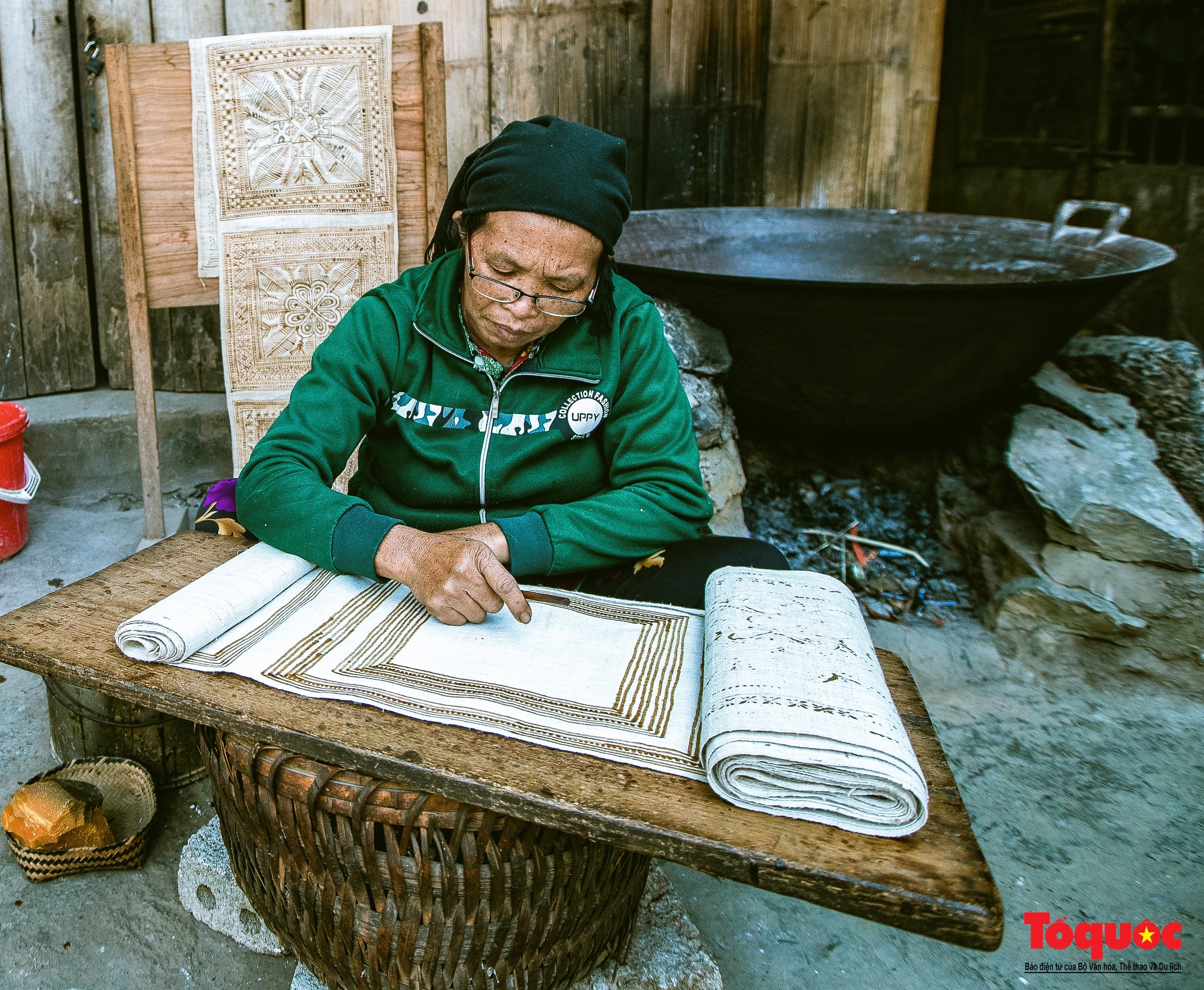
The craftsman paints traditional Mong motifs on white cloth with heated beeswax.
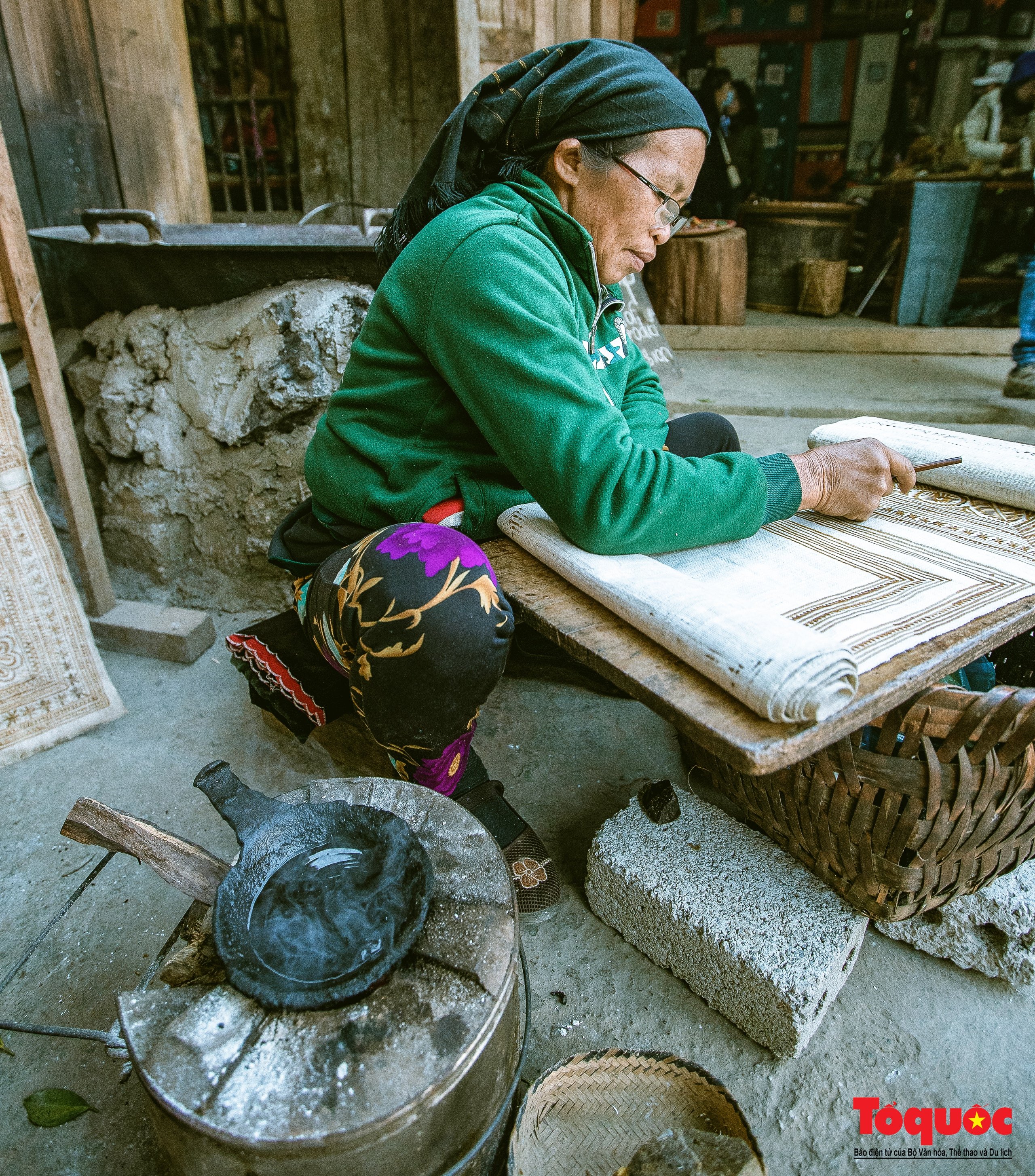
Beeswax heated over charcoal is used to paint on linen.
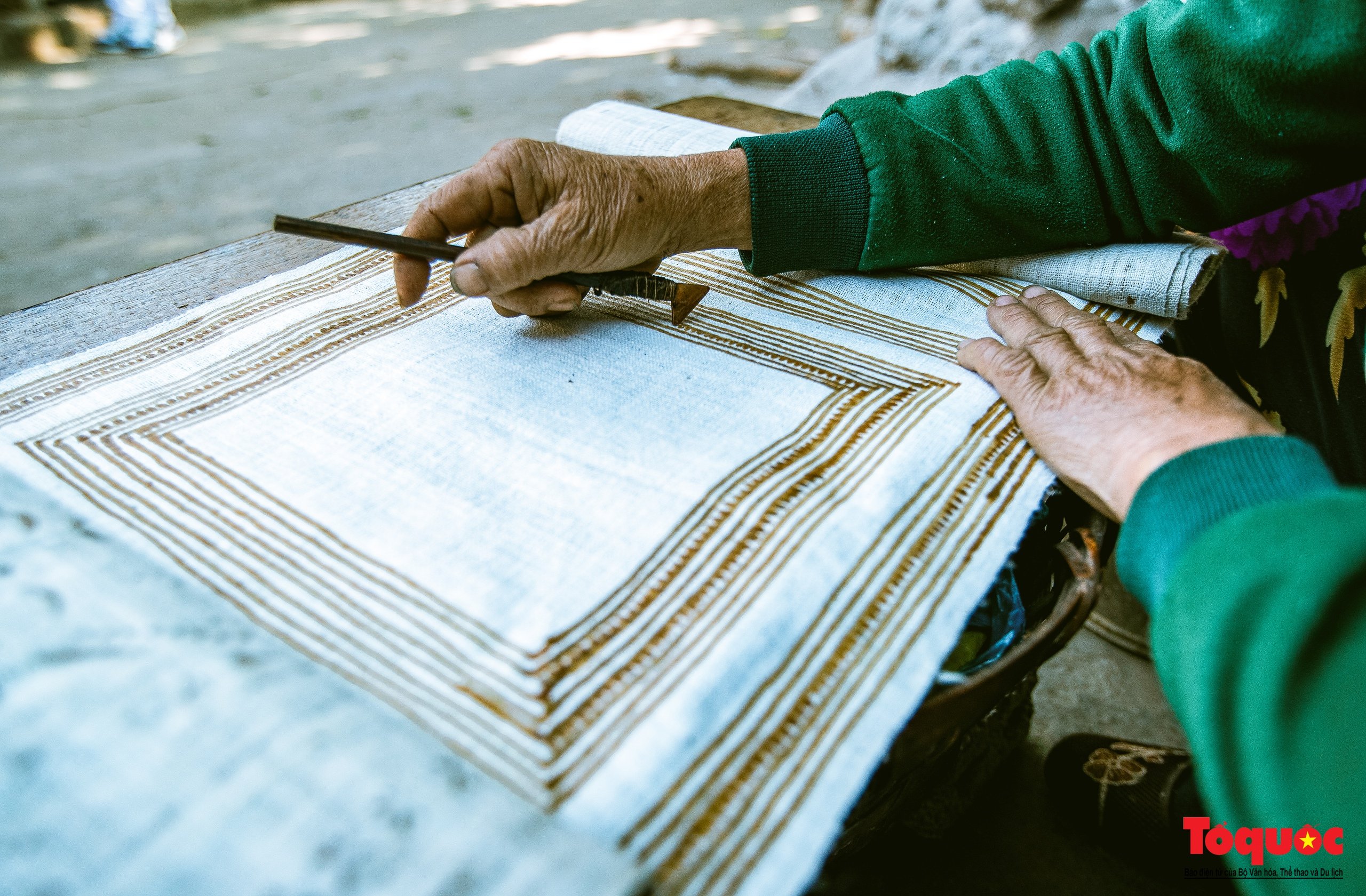
To create unique patterns on fabric, the Mong people use a set of brushes (made by hand) dipped in melted beeswax and draw on the fabric, first straight lines, then triangles, spirals, coins, crosses, bird feet, etc. These are motifs that represent the cosmic world of the Mong people.
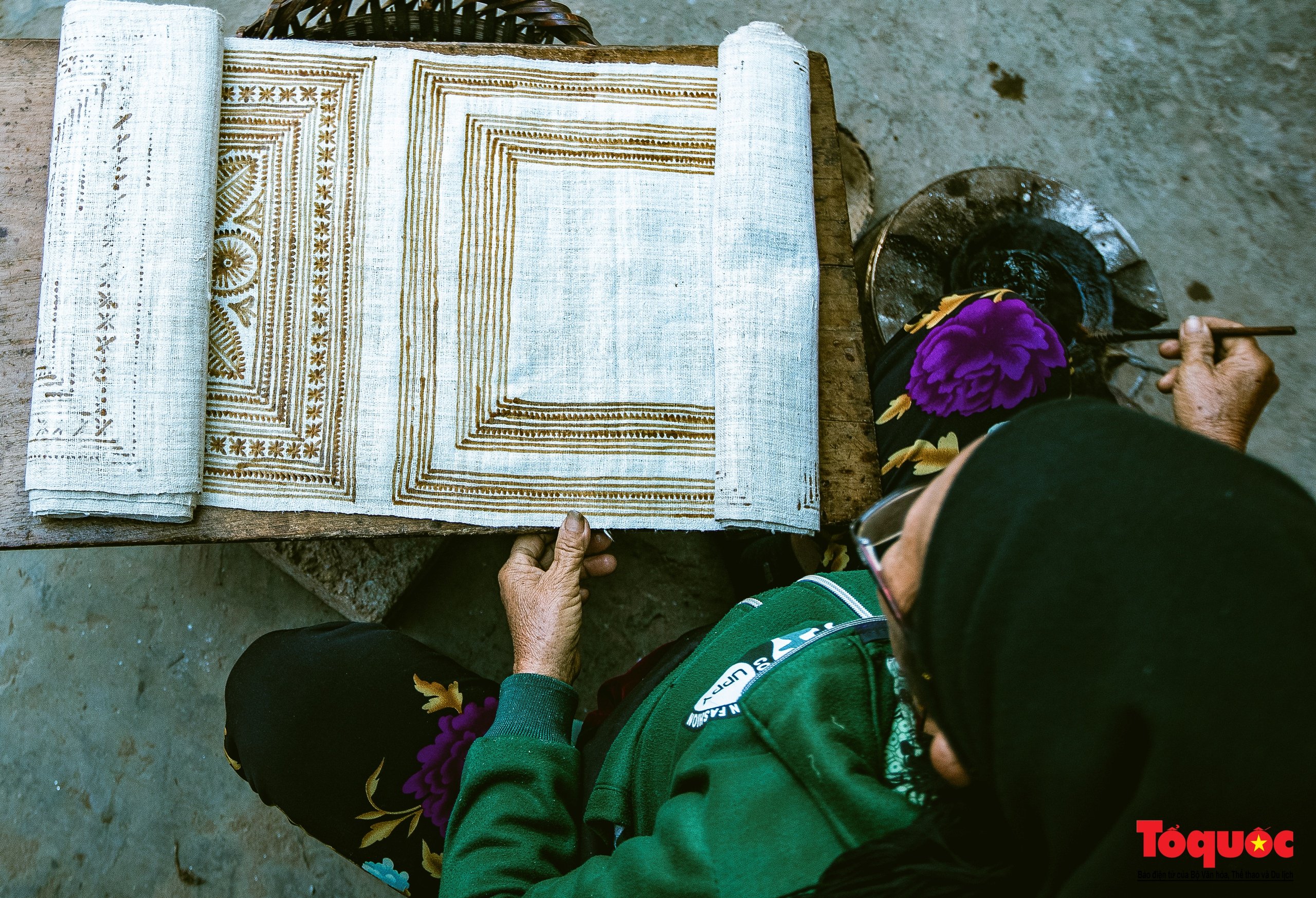
Meanwhile, indigo dyeing technique produces colorful fabrics. The dyes used are also completely natural.
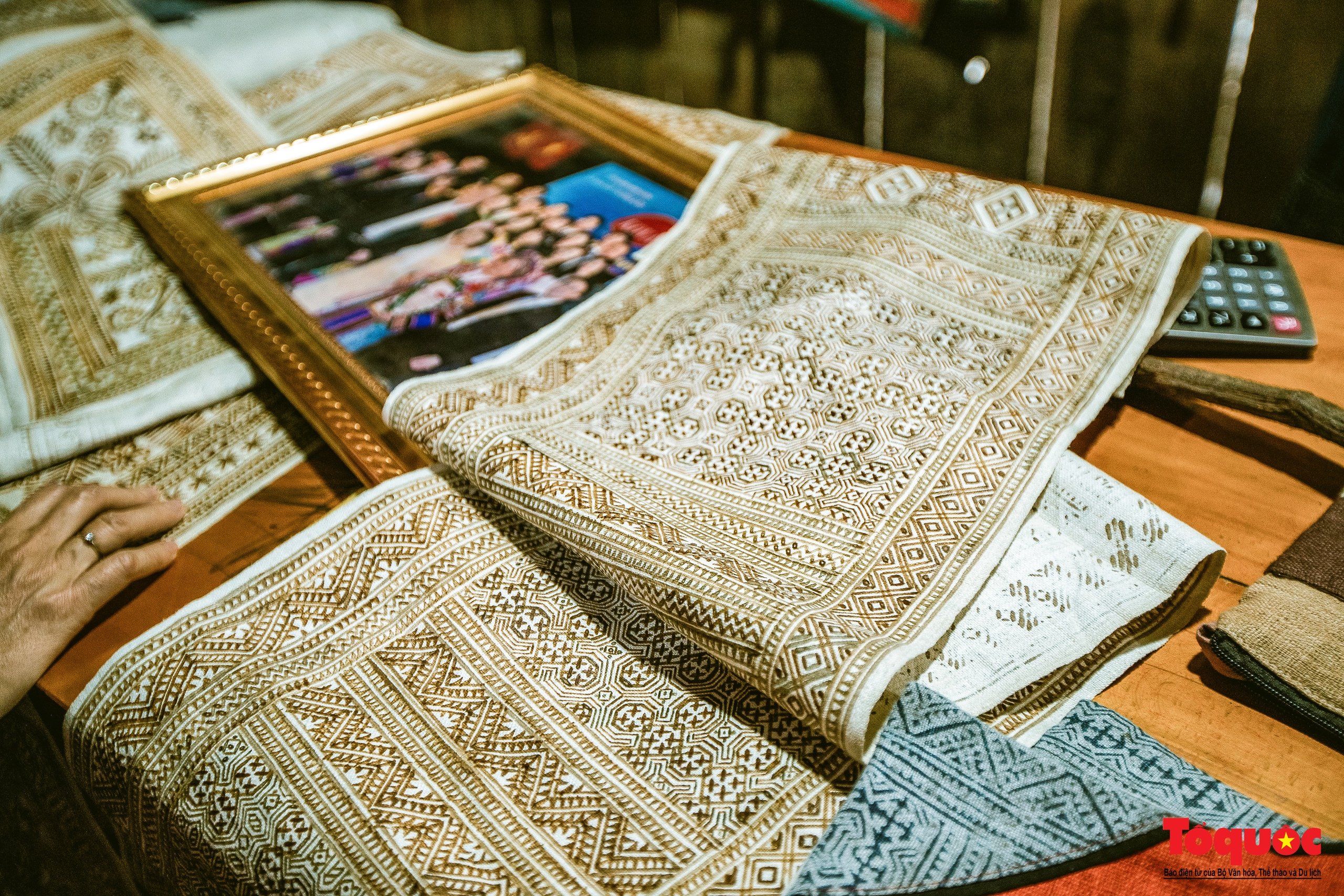
In recent years, thanks to the attention of local authorities and the efforts of the people, Lung Tam linen has gained a brand and a foothold in the market, and was honored to be introduced and displayed at the 132nd Inter-Parliamentary Union General Assembly (IPU-132) held in our country in 2015.
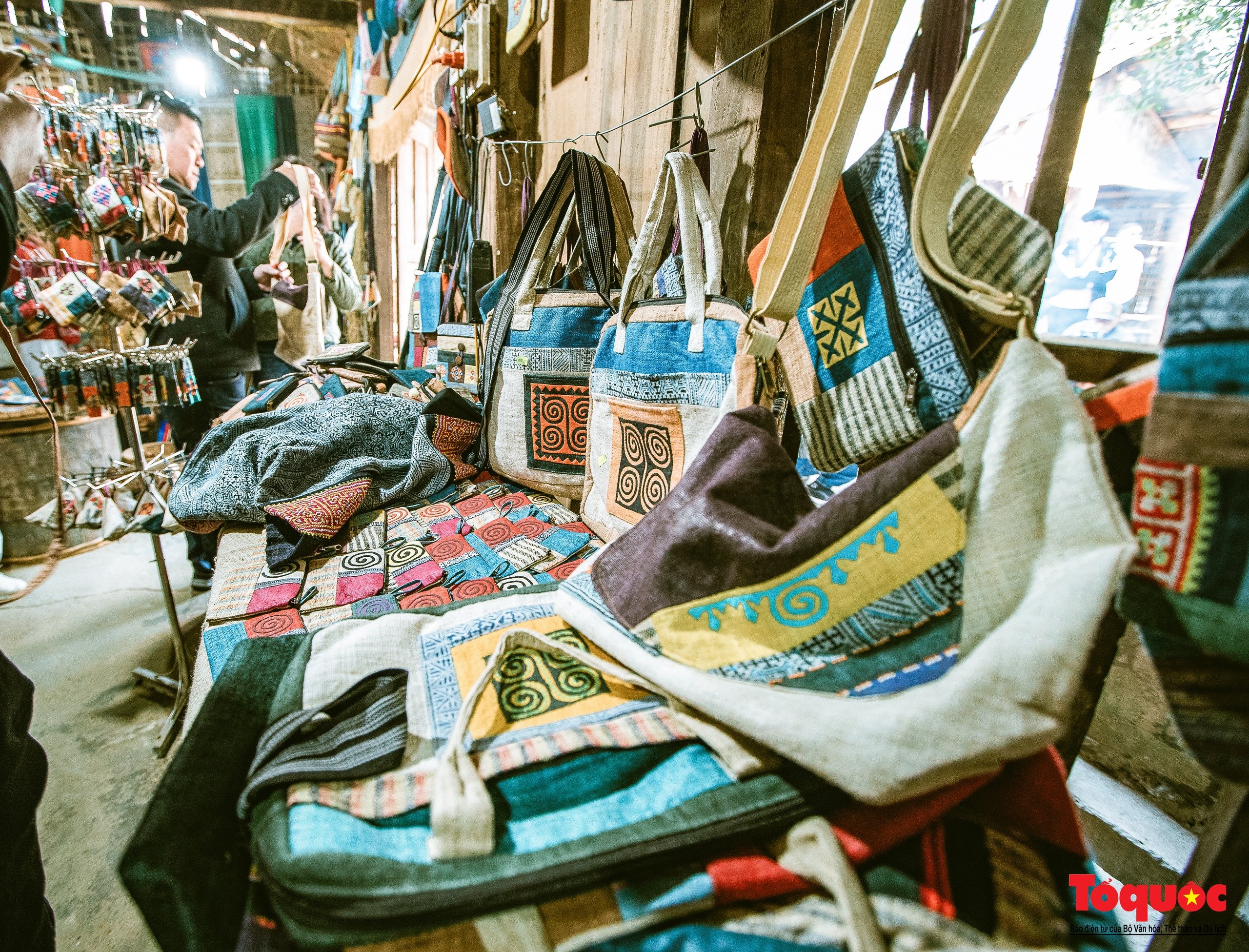
With its cultural and practical values, the flax growing and linen weaving techniques of the Mong people in Lung Tam, Quan Ba district (Ha Giang) were recognized as a national intangible cultural heritage by the Ministry of Culture, Sports and Tourism in January 2016.
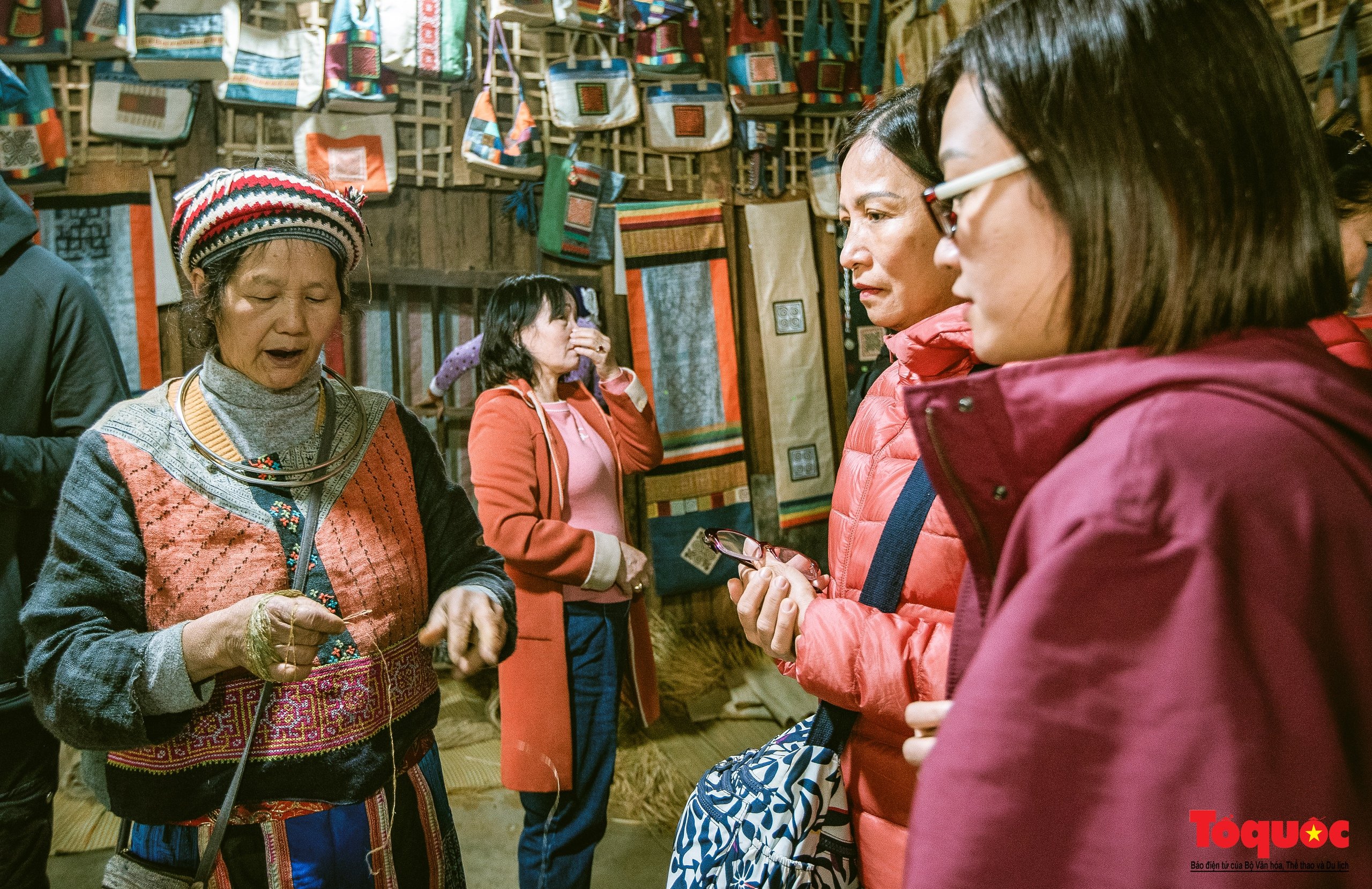
Currently, Lung Tam linen brocade products have followed tourists to all parts of the country and have been exported to more than 20 countries, not only bringing income but also contributing to preserving the traditional cultural values of the Mong people.
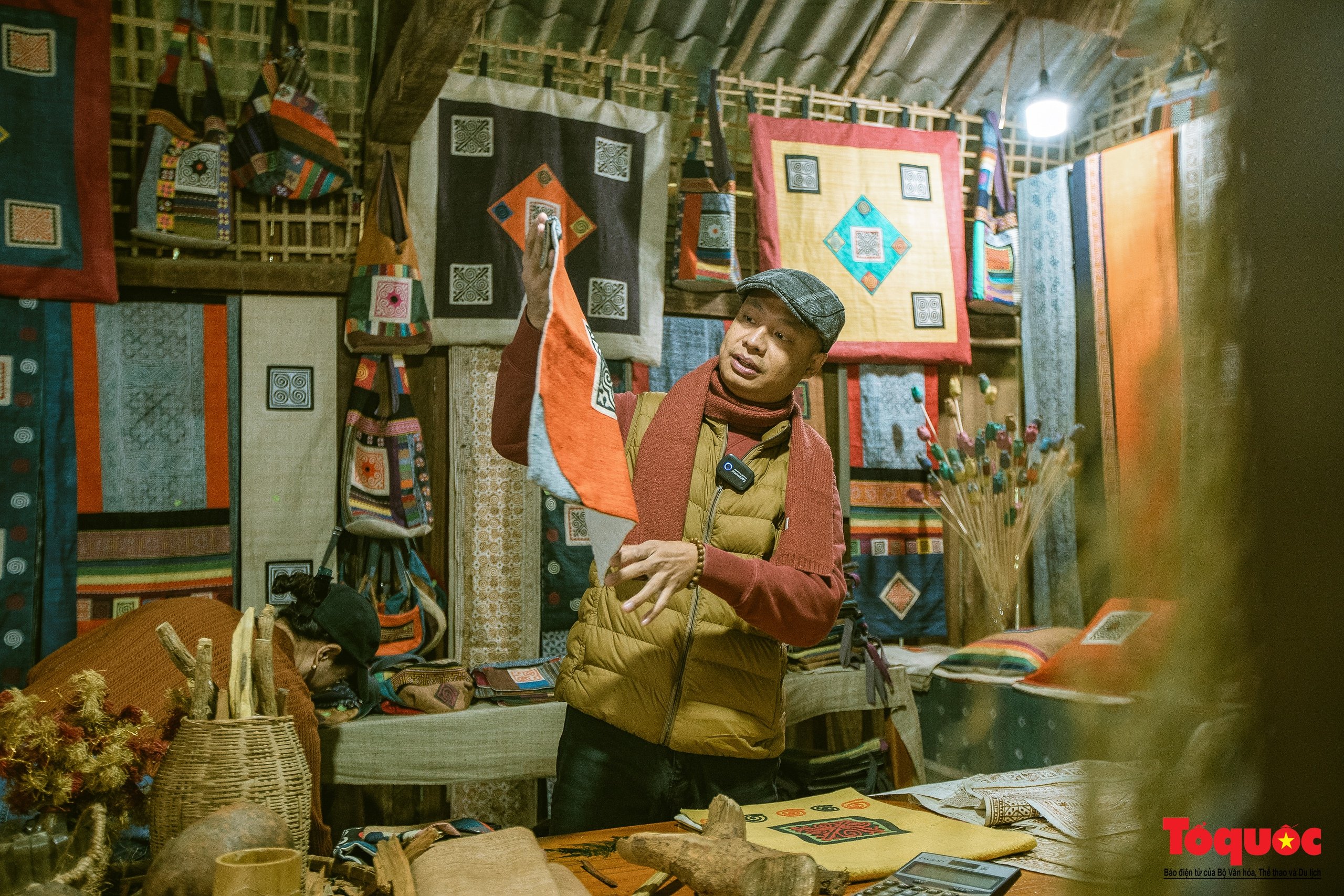
Lung Tam brocade weaving village produces a variety of products such as: clothes, wallets, towels, blankets, tablecloths, brocade bags, decorative panels, pillowcases...
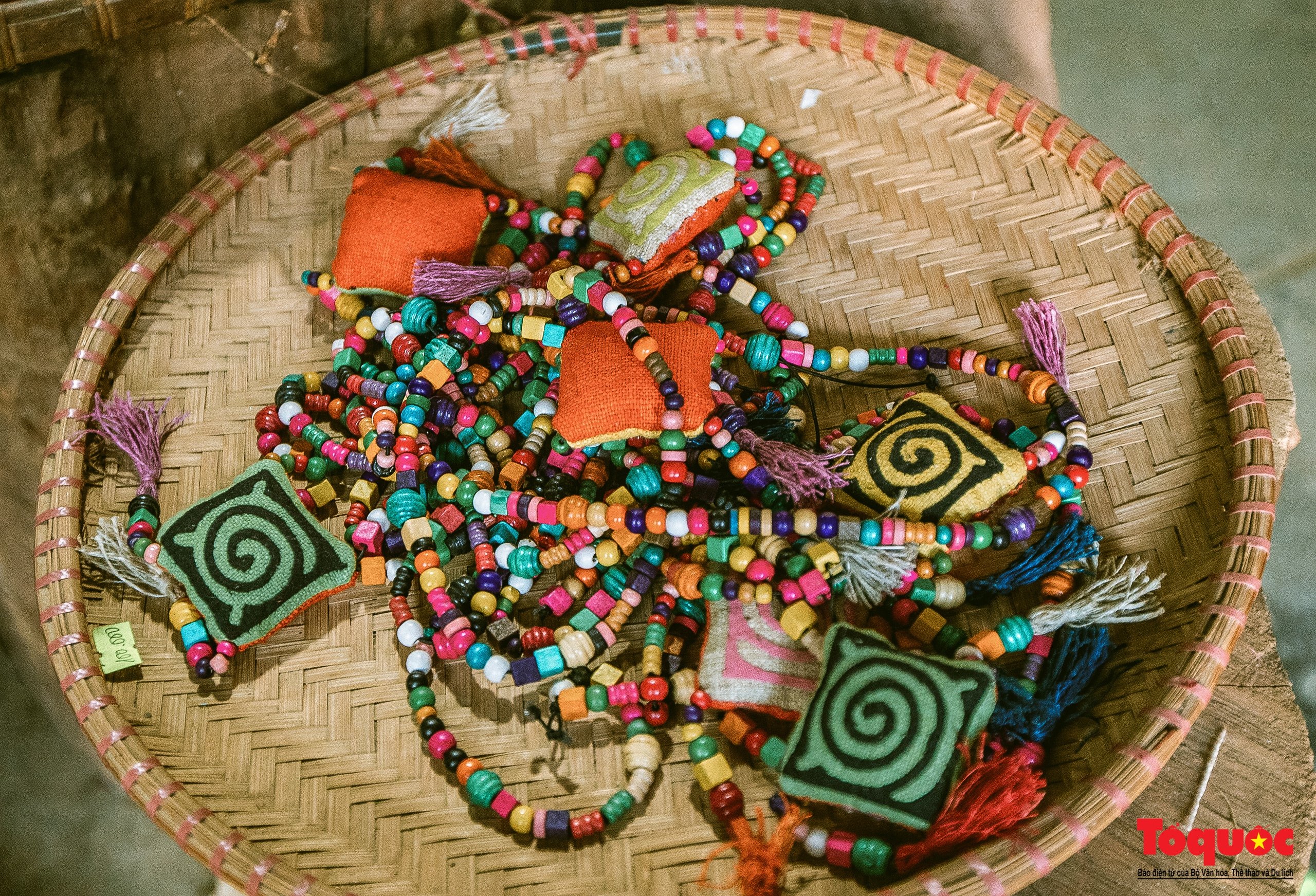
The highlight of the products is the linen material and the traditional handmade method that has been passed down to the present day. The products of Lung Tam people all carry traditional cultural features. The images and colors on each product bear the mark of the Ha Giang stone plateau. Especially the cultural features of the Mong people are depicted on meaningful embroidery lines.
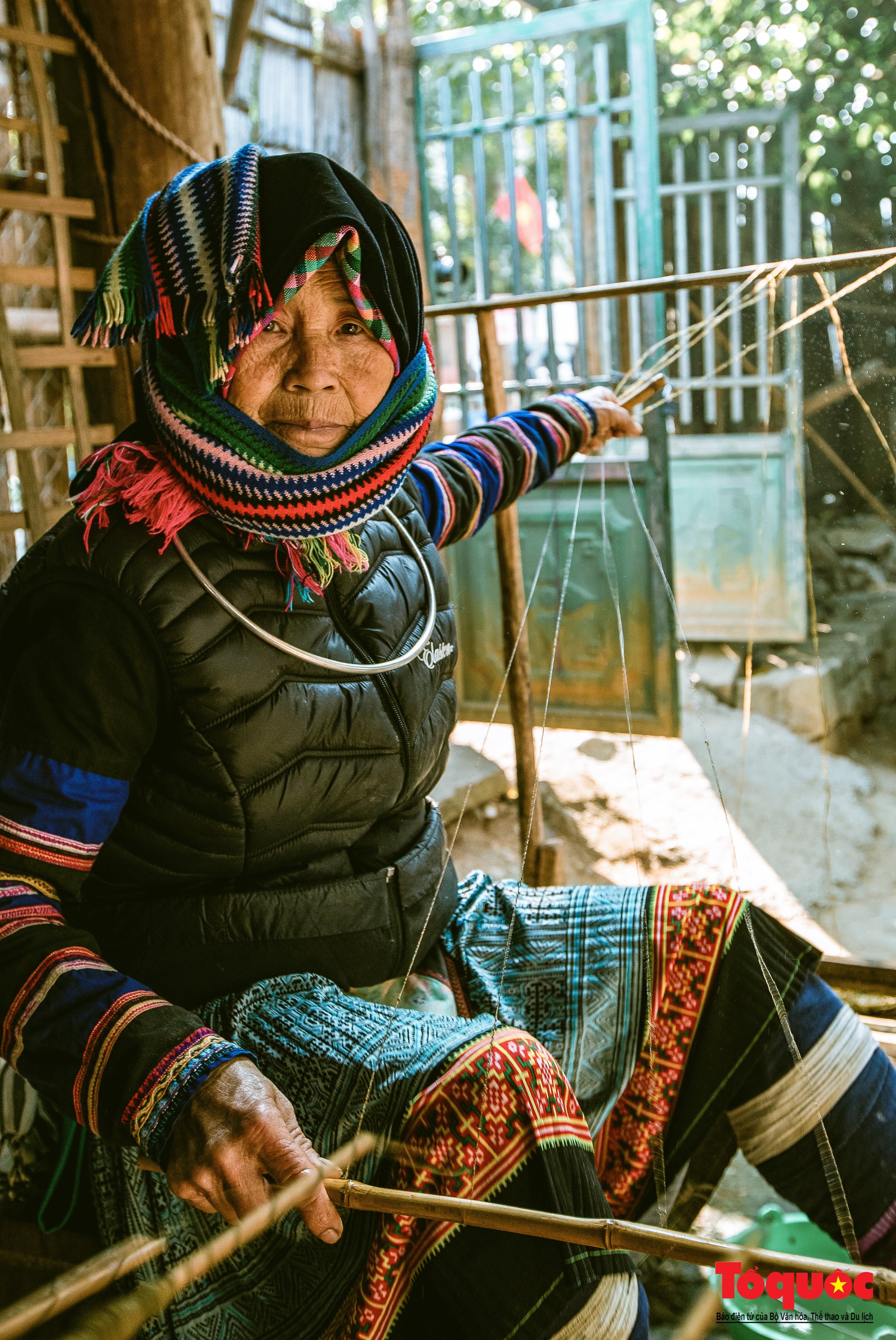
When coming to Ha Giang, visit Lung Tam brocade weaving village to learn about the cultural beauty here as well as discover one of the long-standing traditional crafts of Vietnam in general and of Lung Tam people in particular in the land at the beginning of our beloved Fatherland.
Source


![[Photo] Ho Chi Minh City speeds up sidewalk repair work before April 30 holiday](https://vstatic.vietnam.vn/vietnam/resource/IMAGE/2025/4/3/17f78833a36f4ba5a9bae215703da710)

![[Photo] Capital's youth enthusiastically practice firefighting and water rescue skills](https://vstatic.vietnam.vn/vietnam/resource/IMAGE/2025/4/3/3f8481675271488abc7b9422a9357ada)



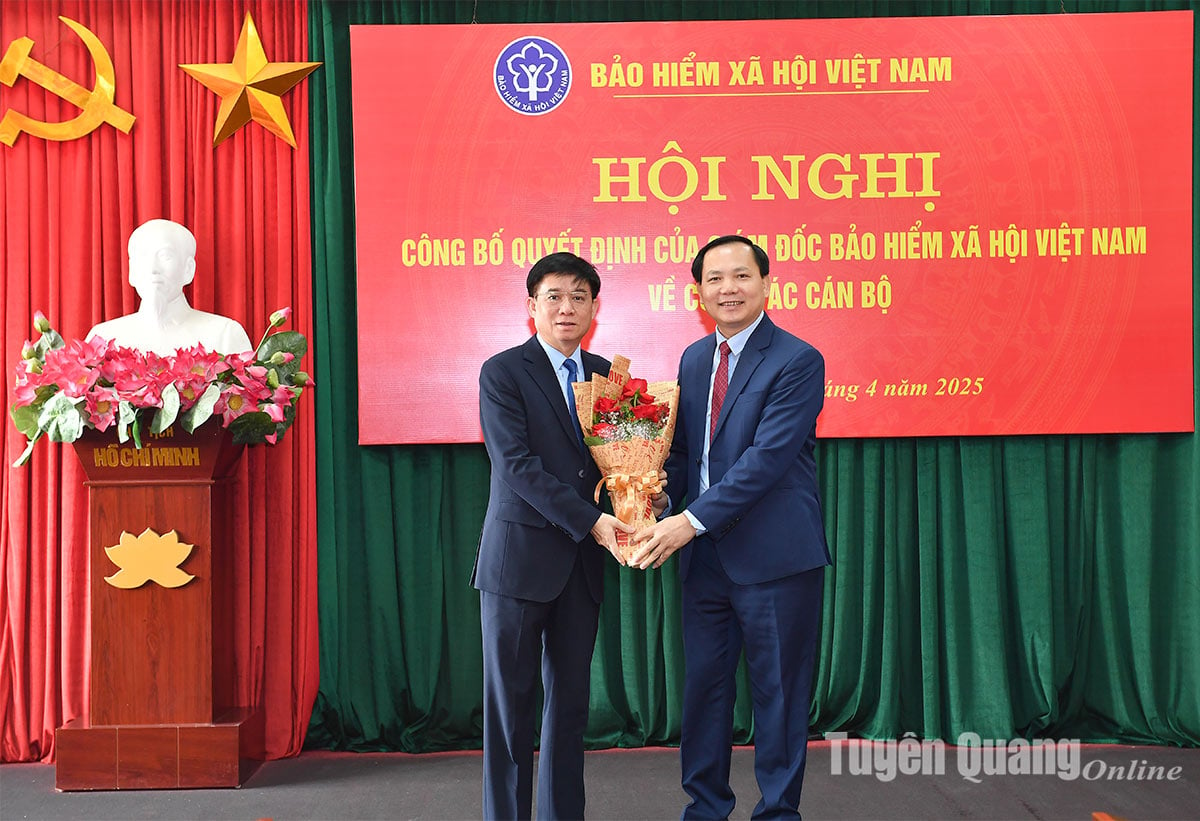

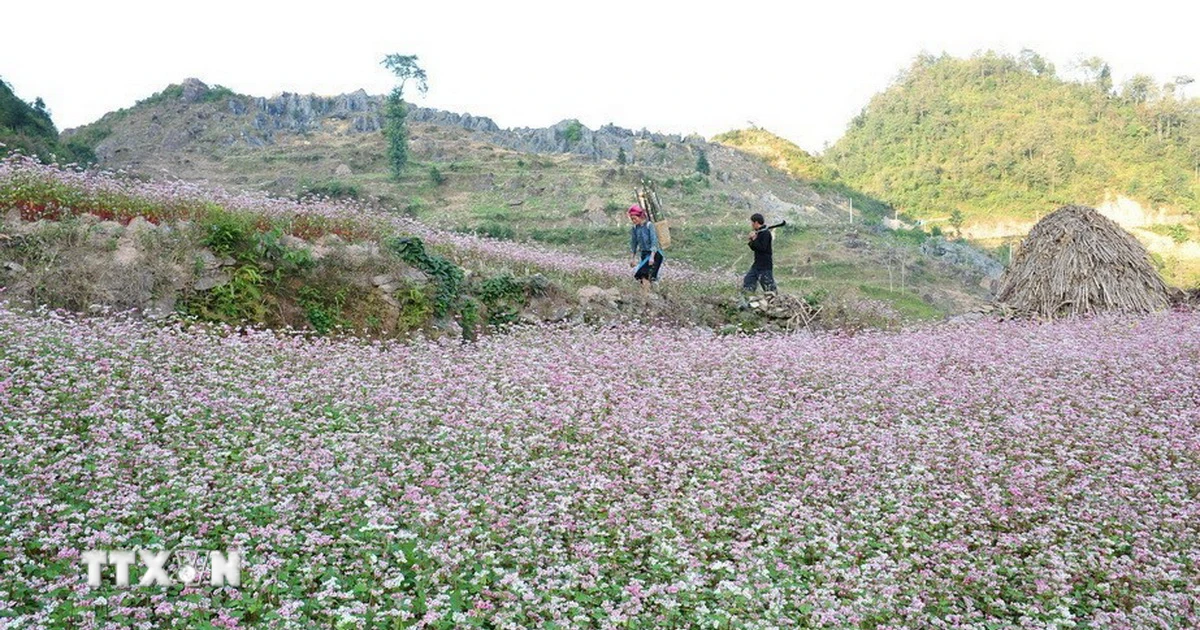

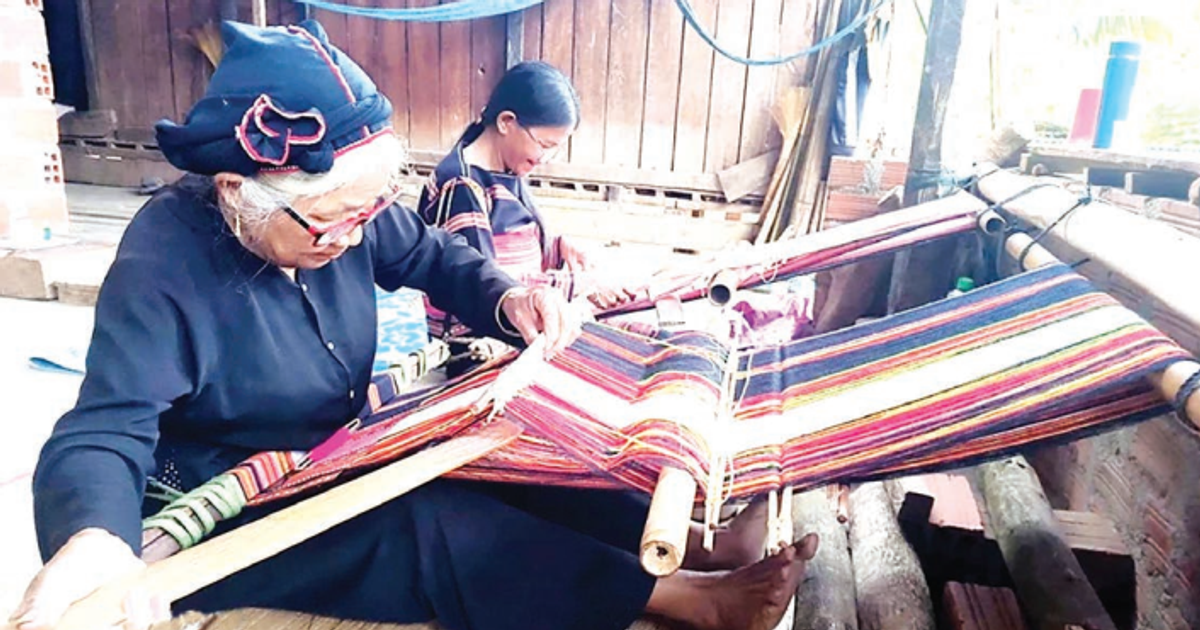

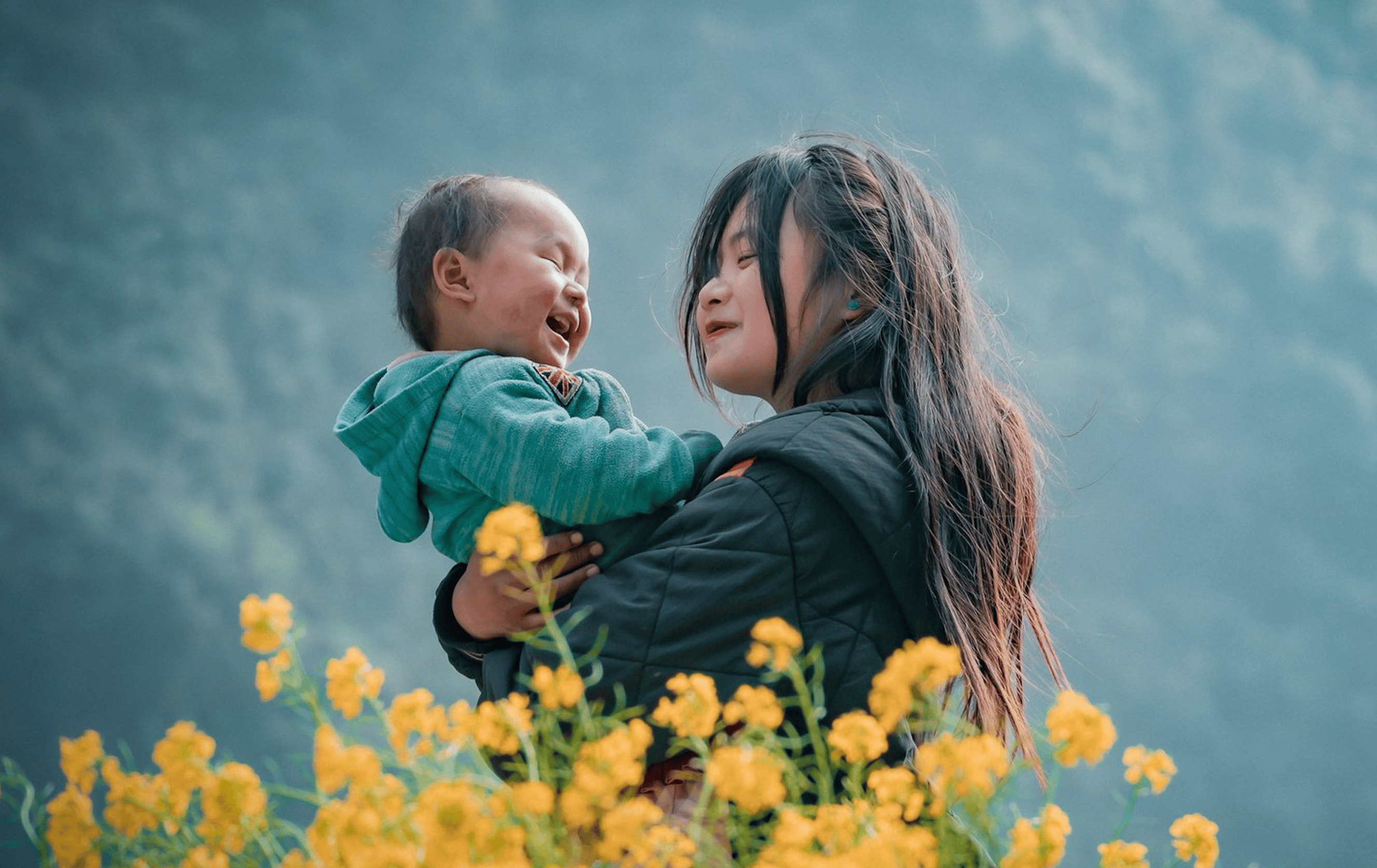
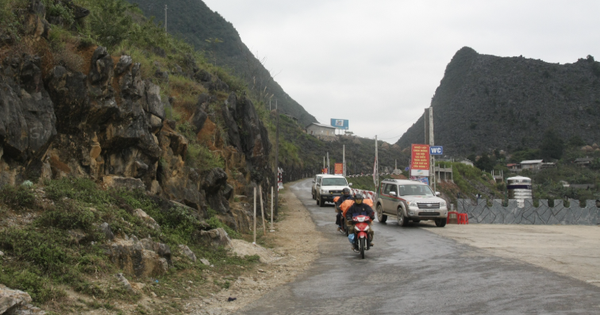

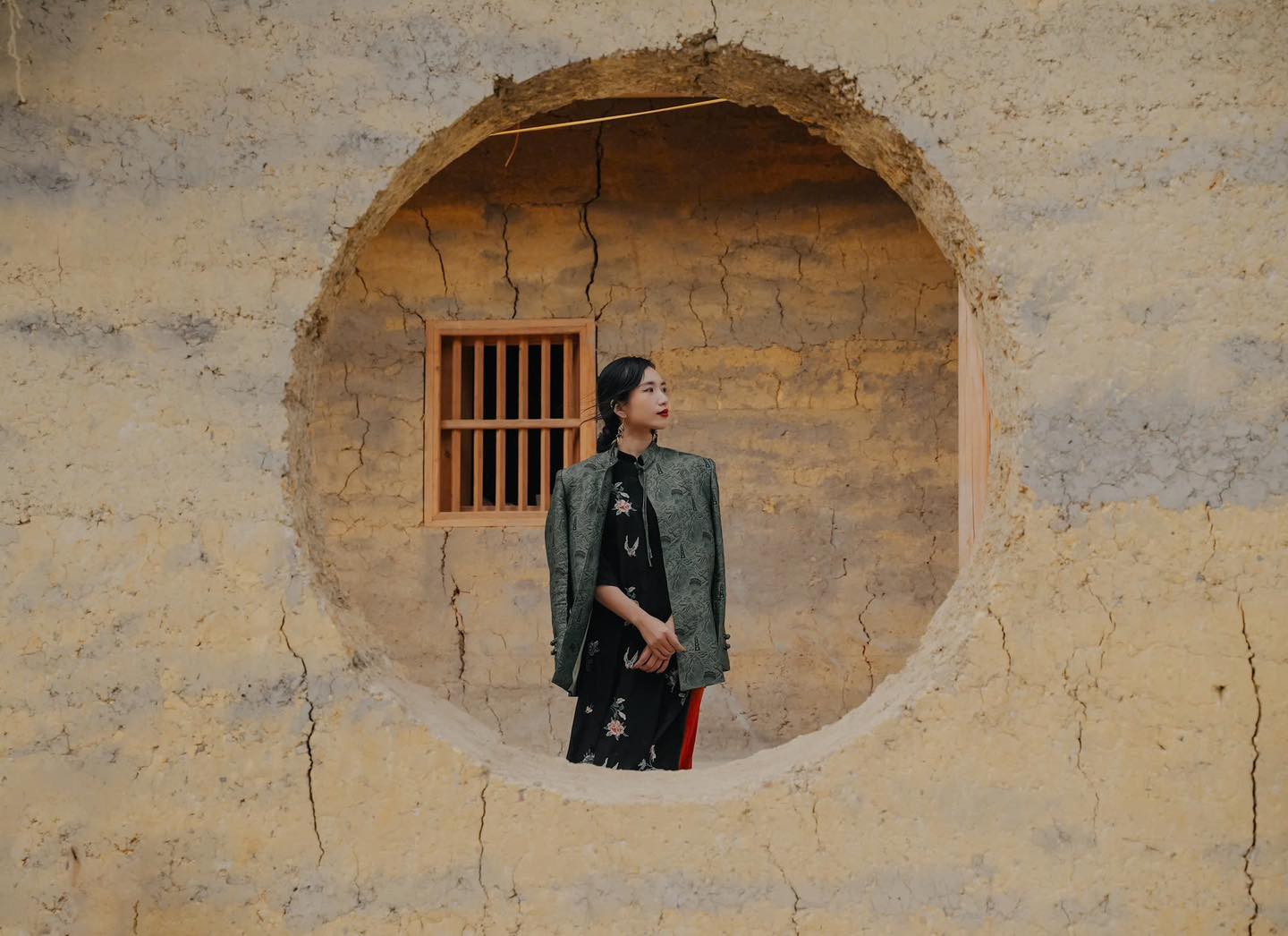


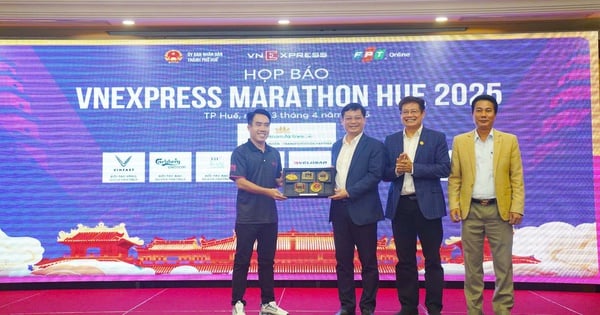
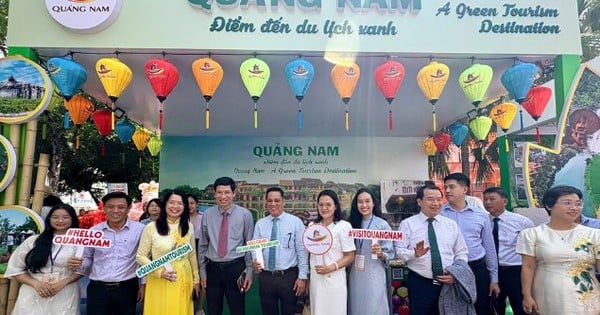
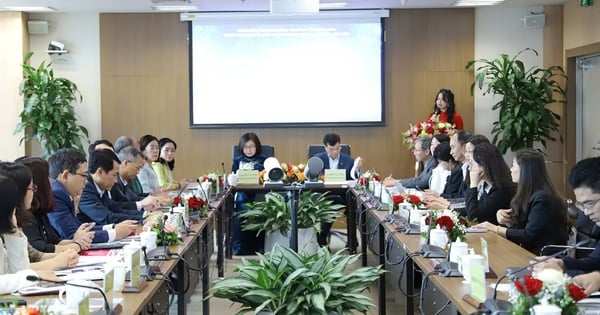
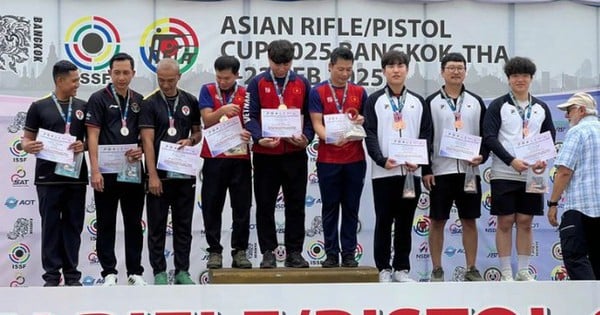
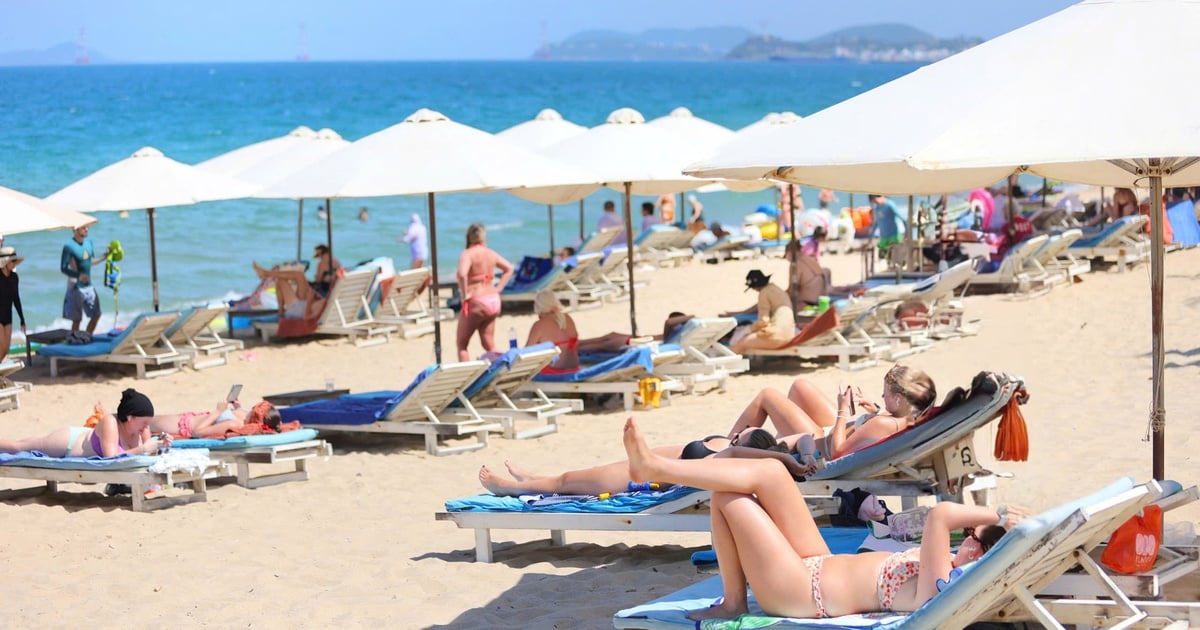





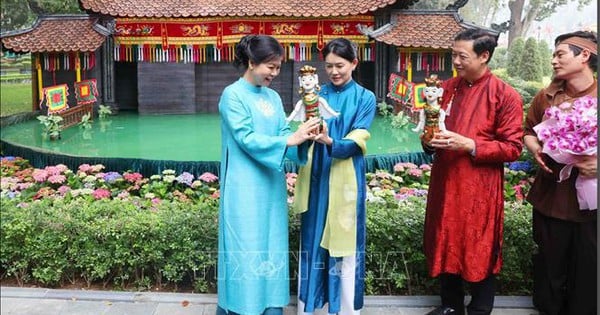
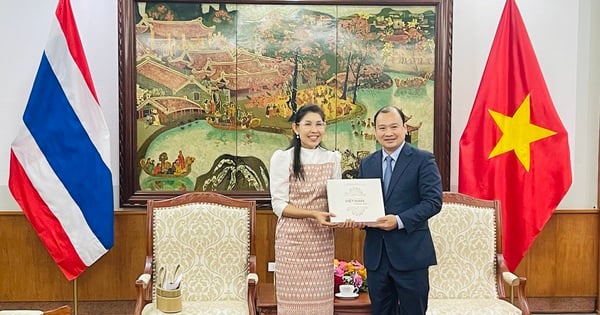
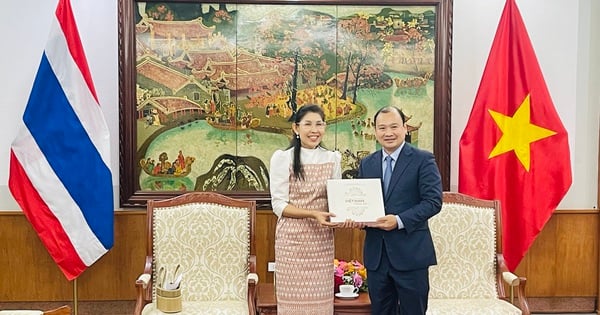
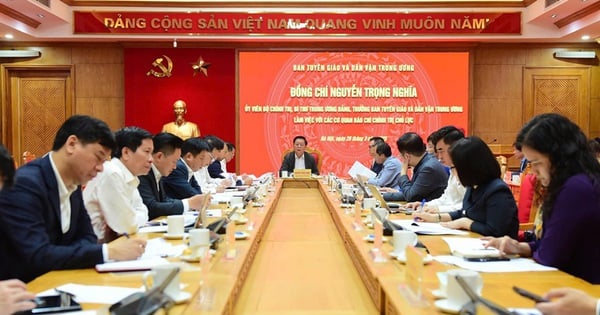
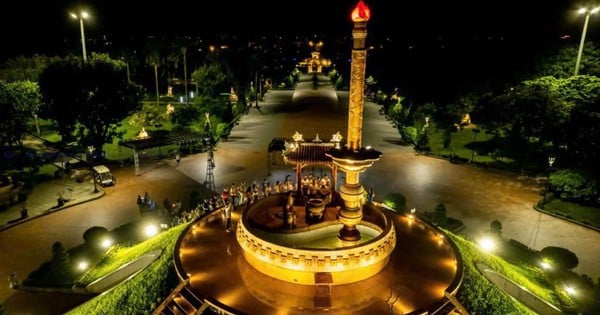
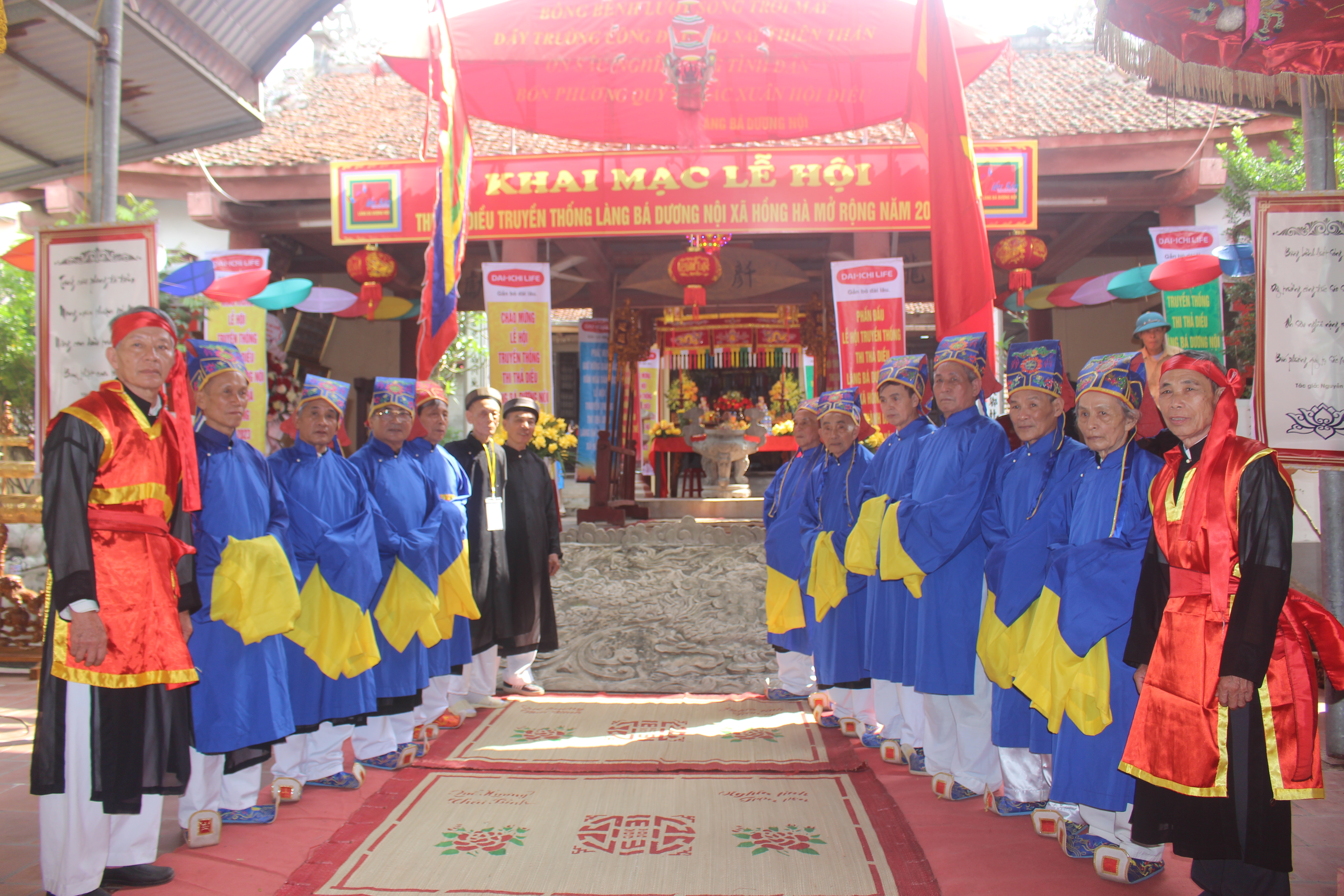

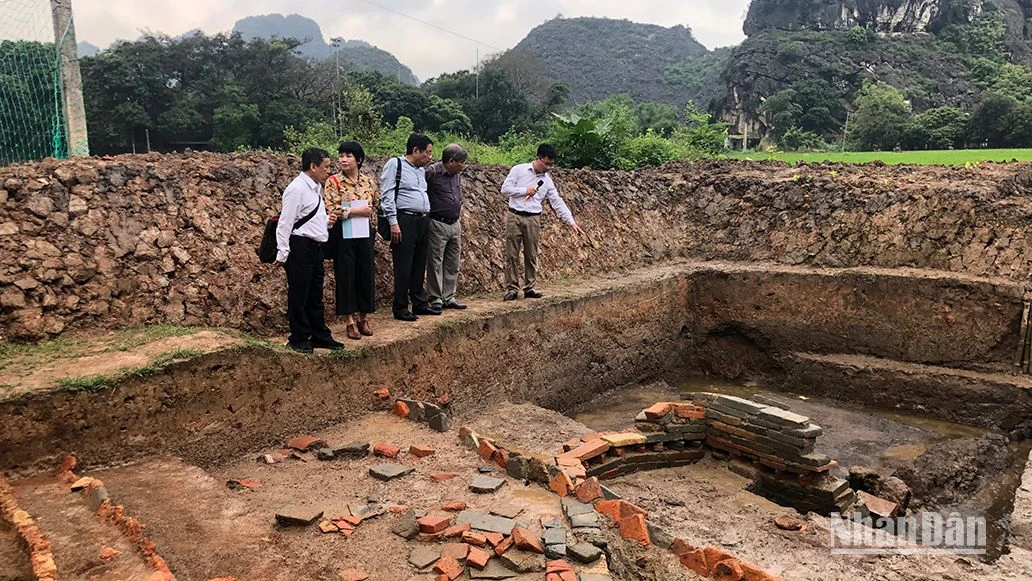



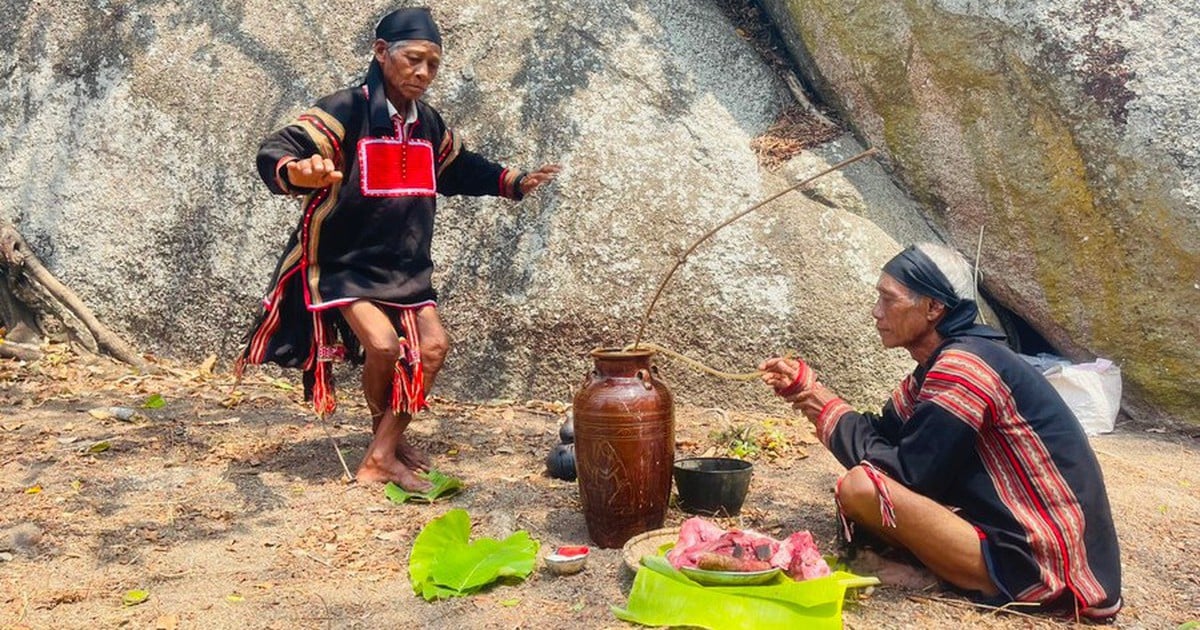

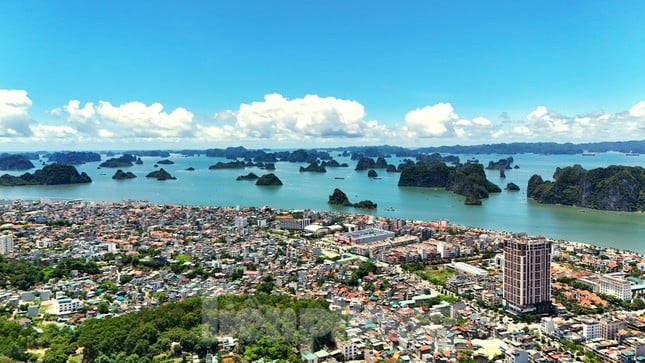

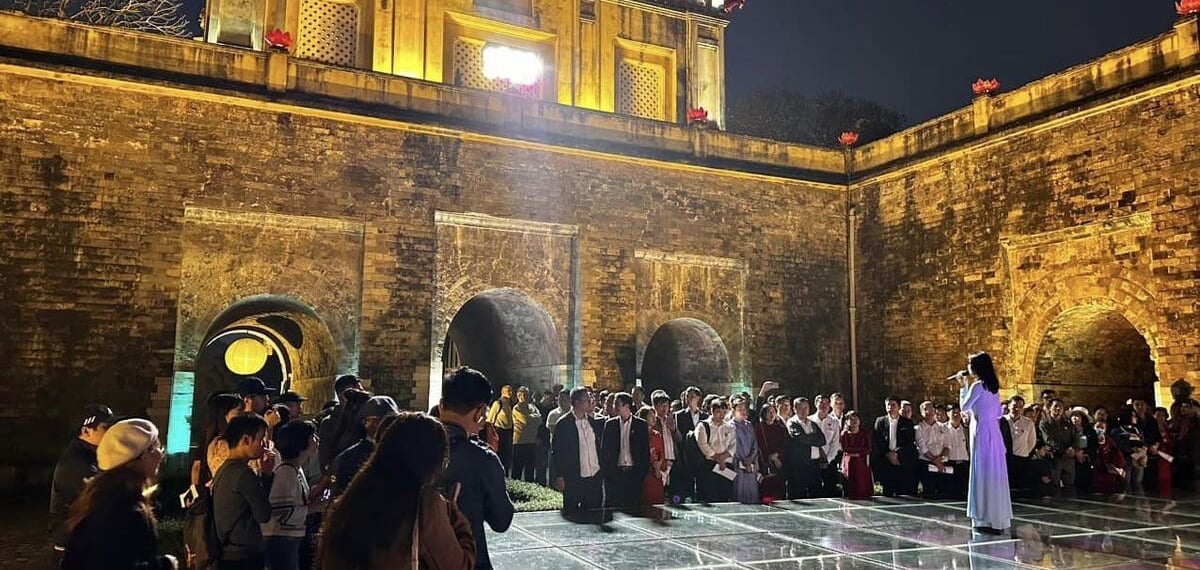







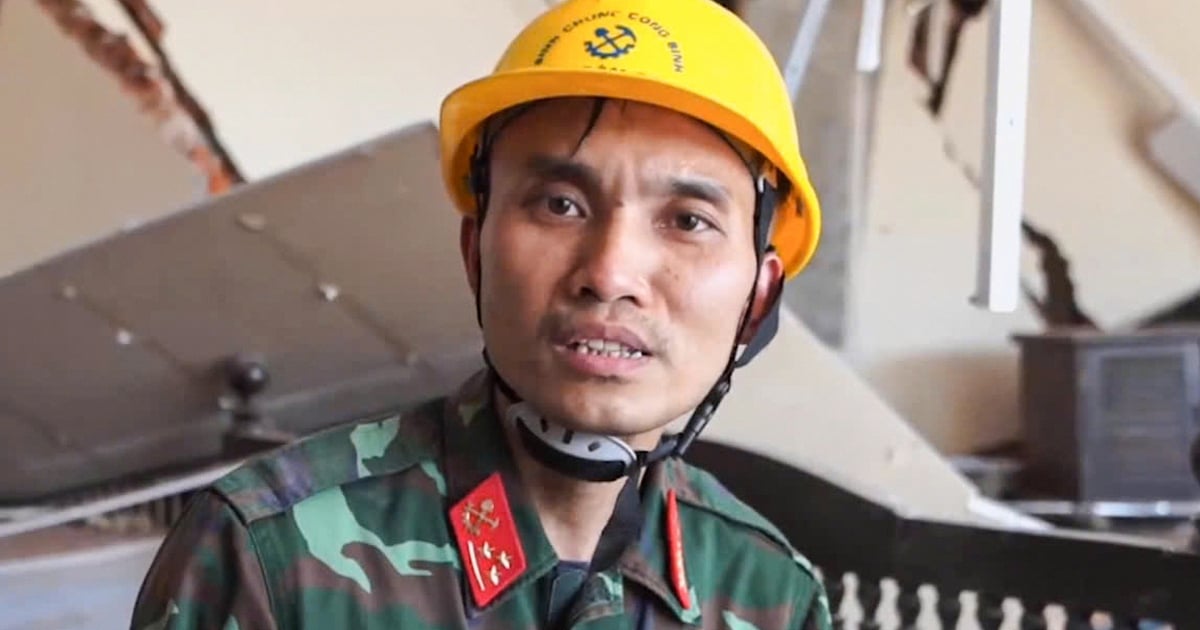
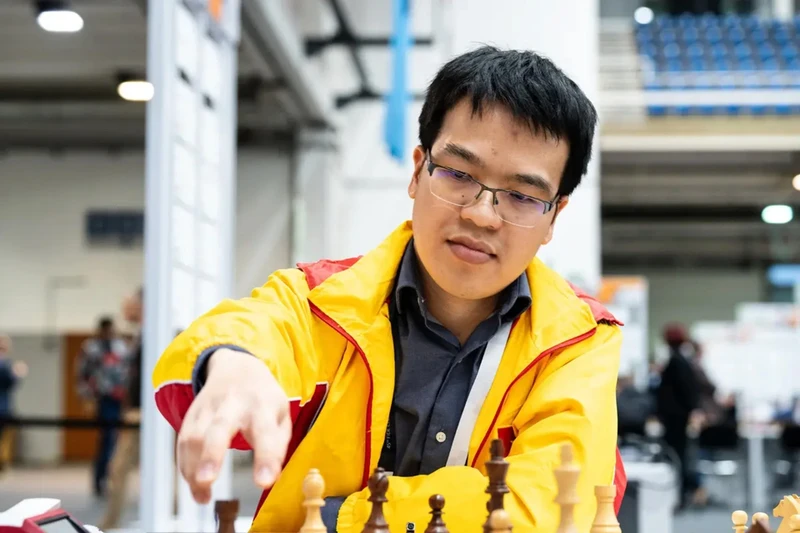











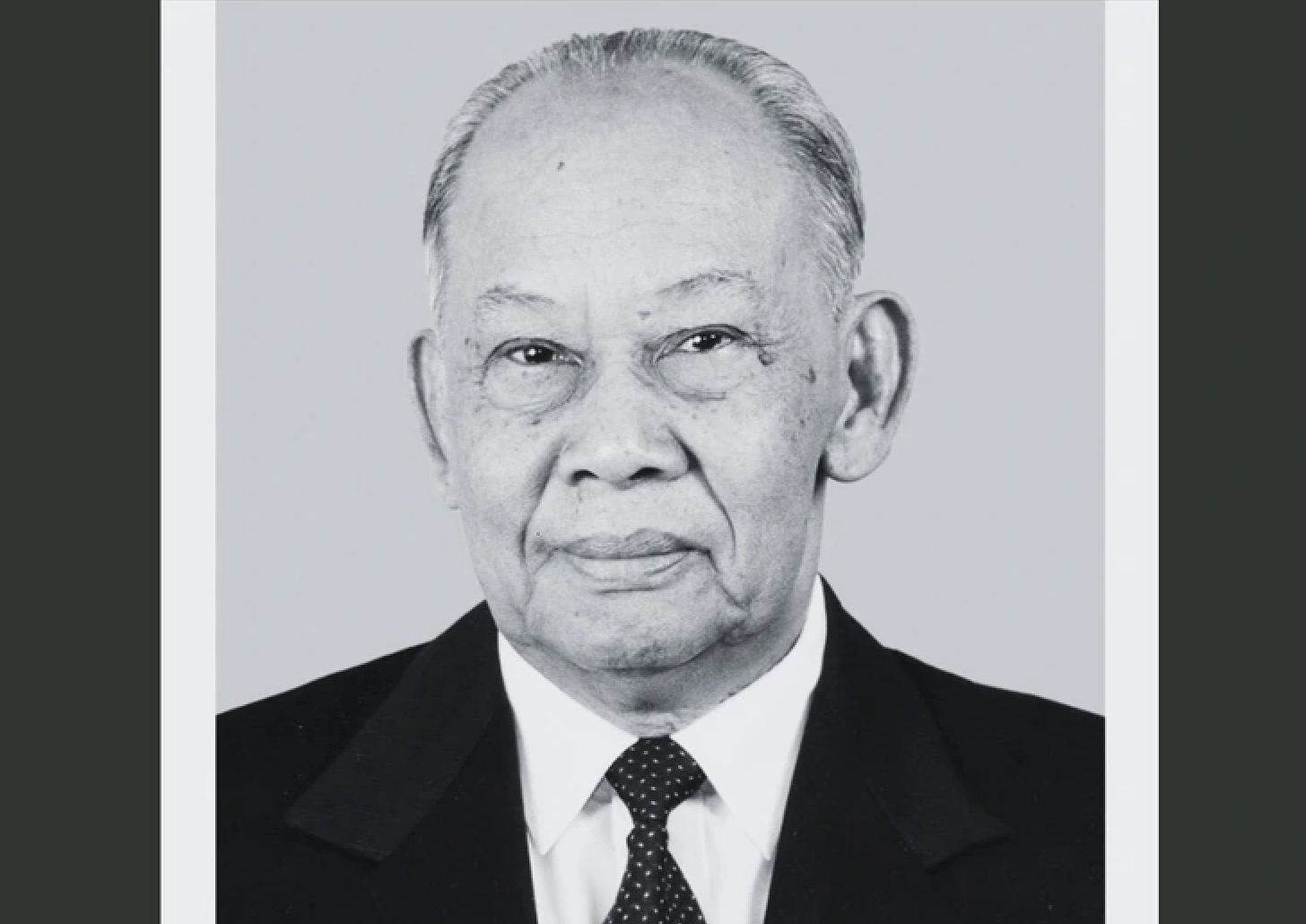






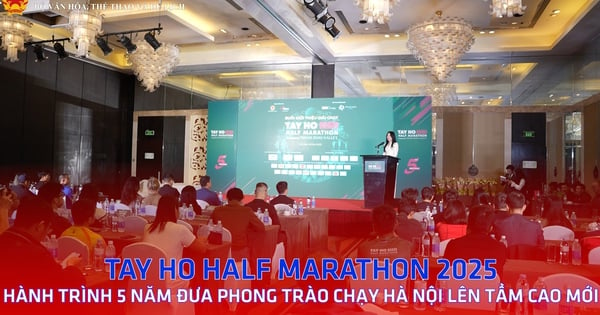




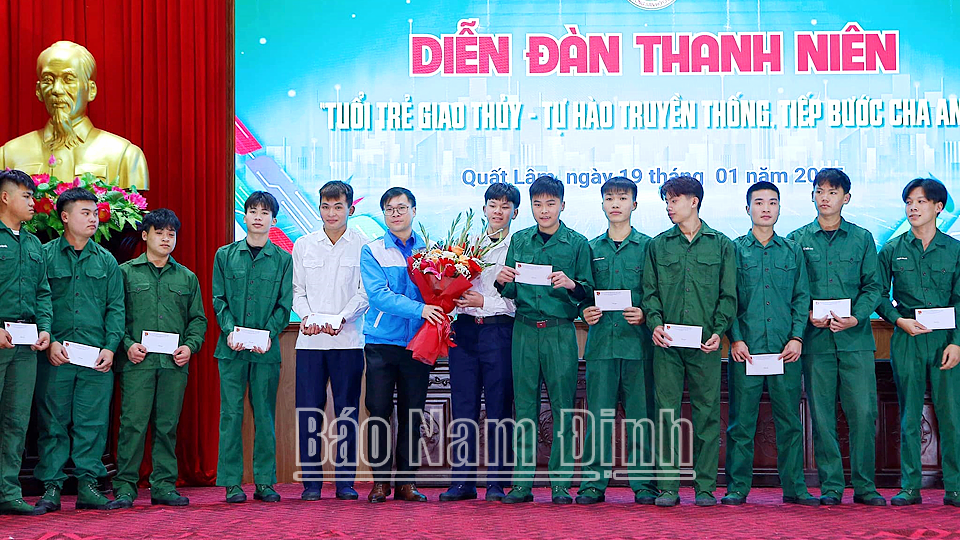
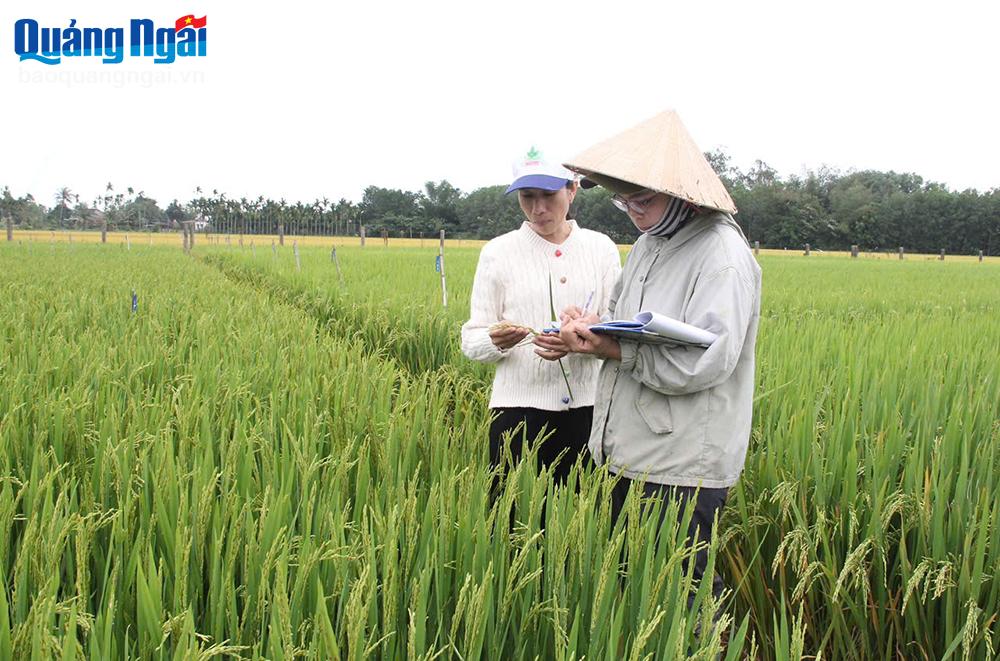






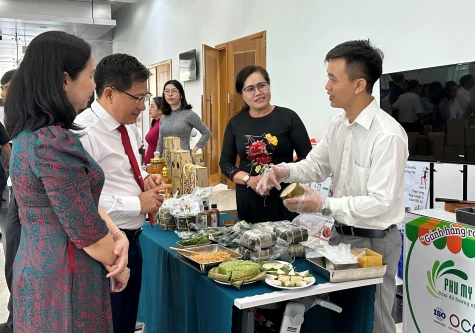





Comment (0)